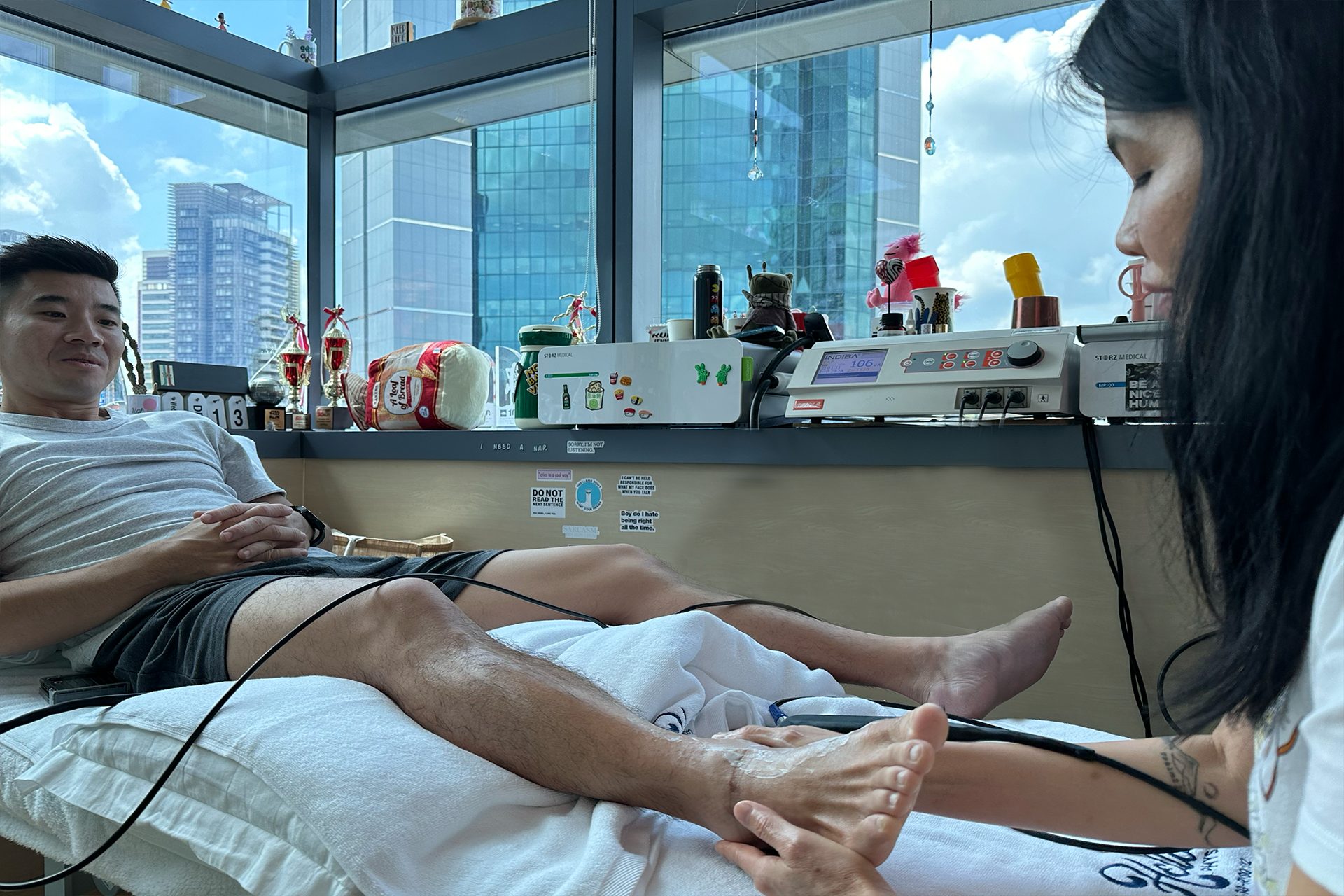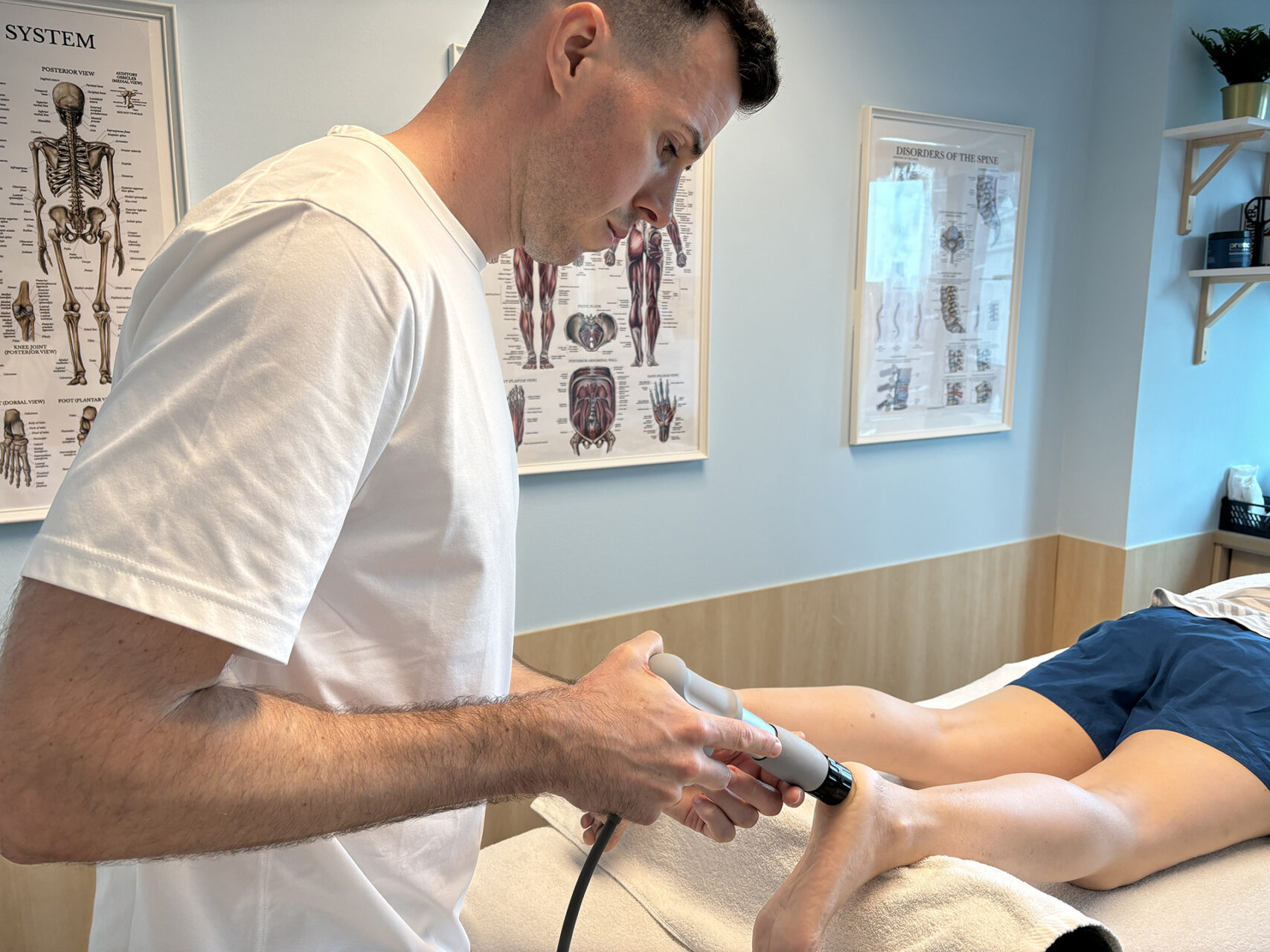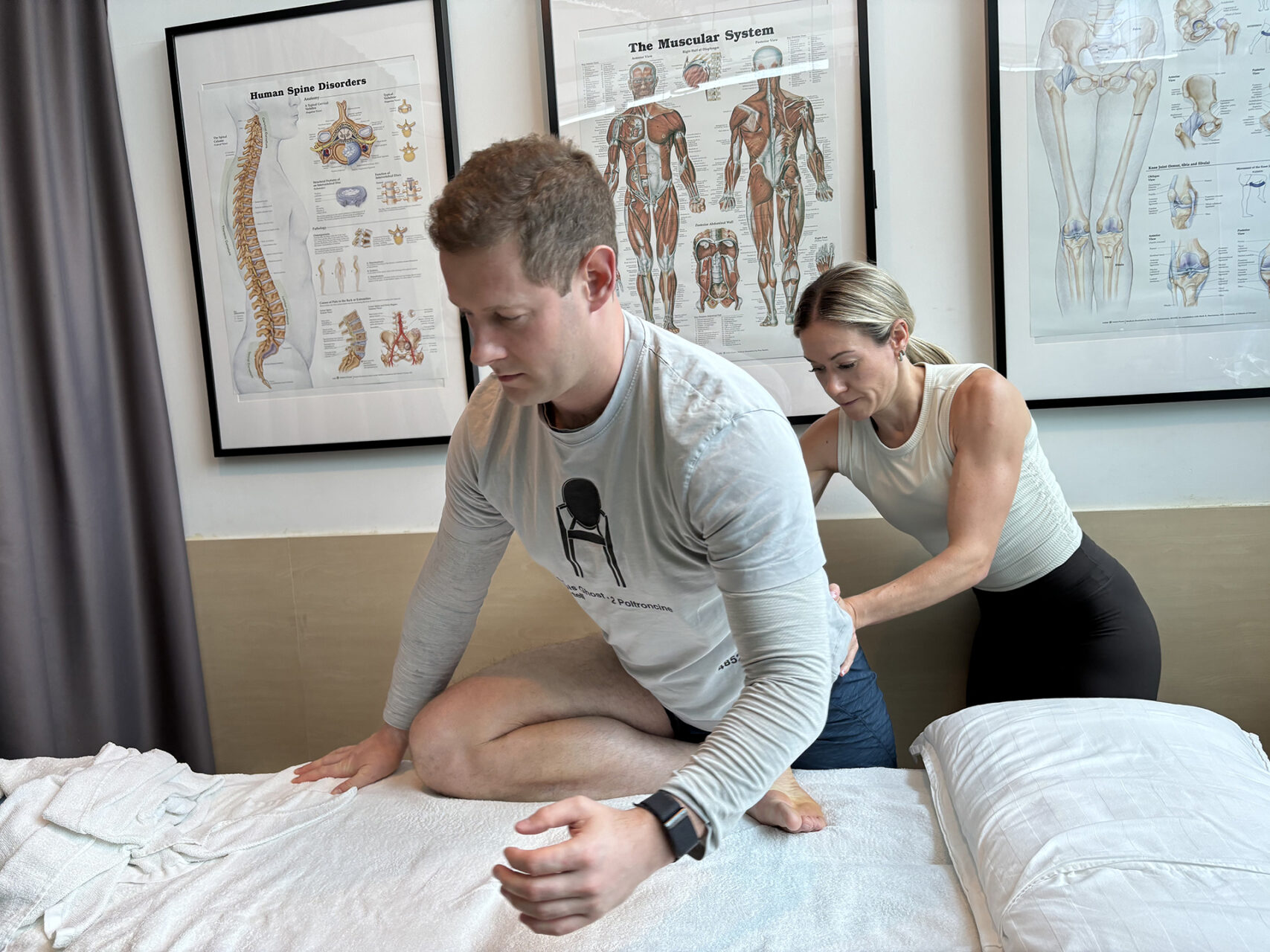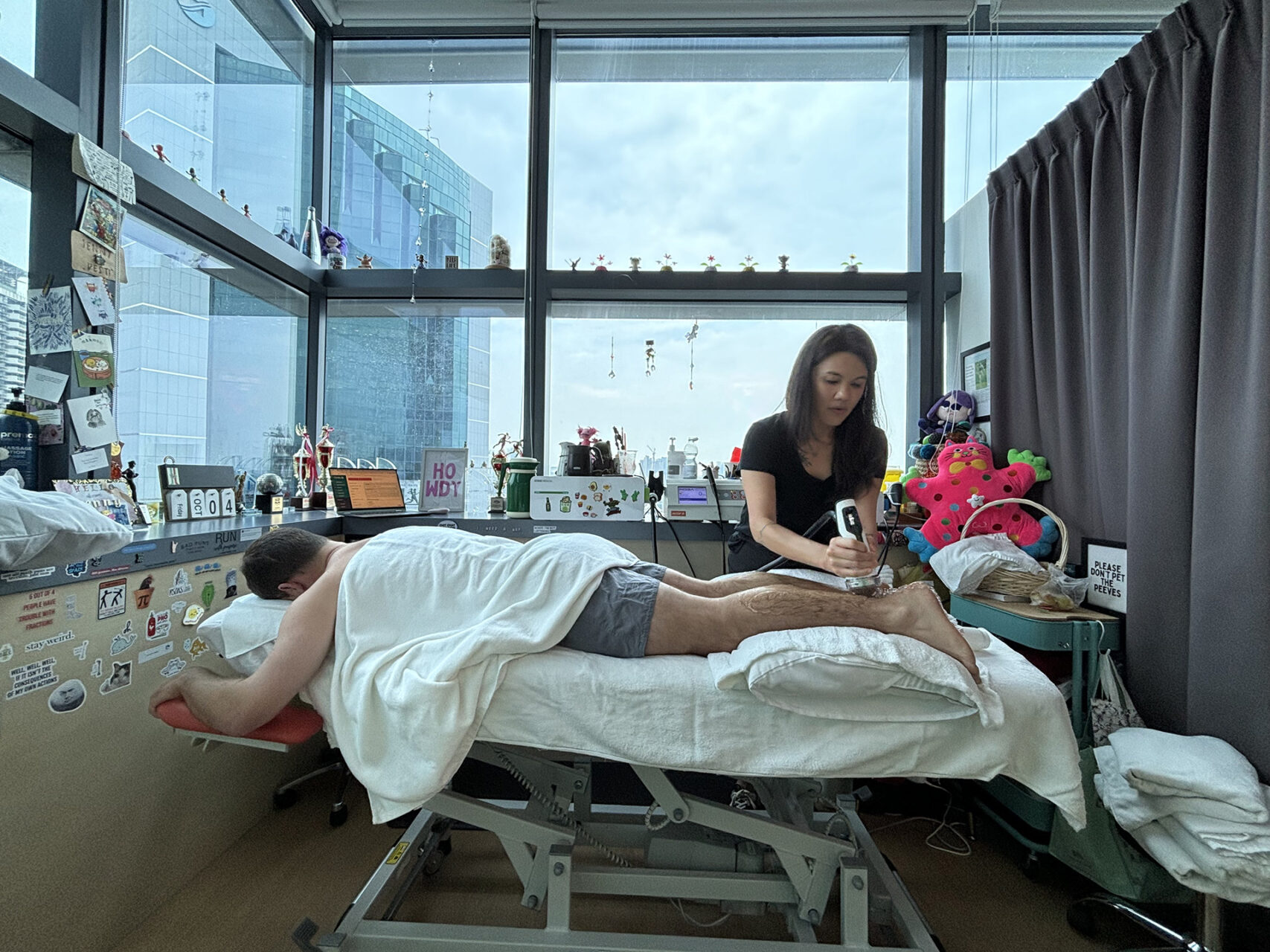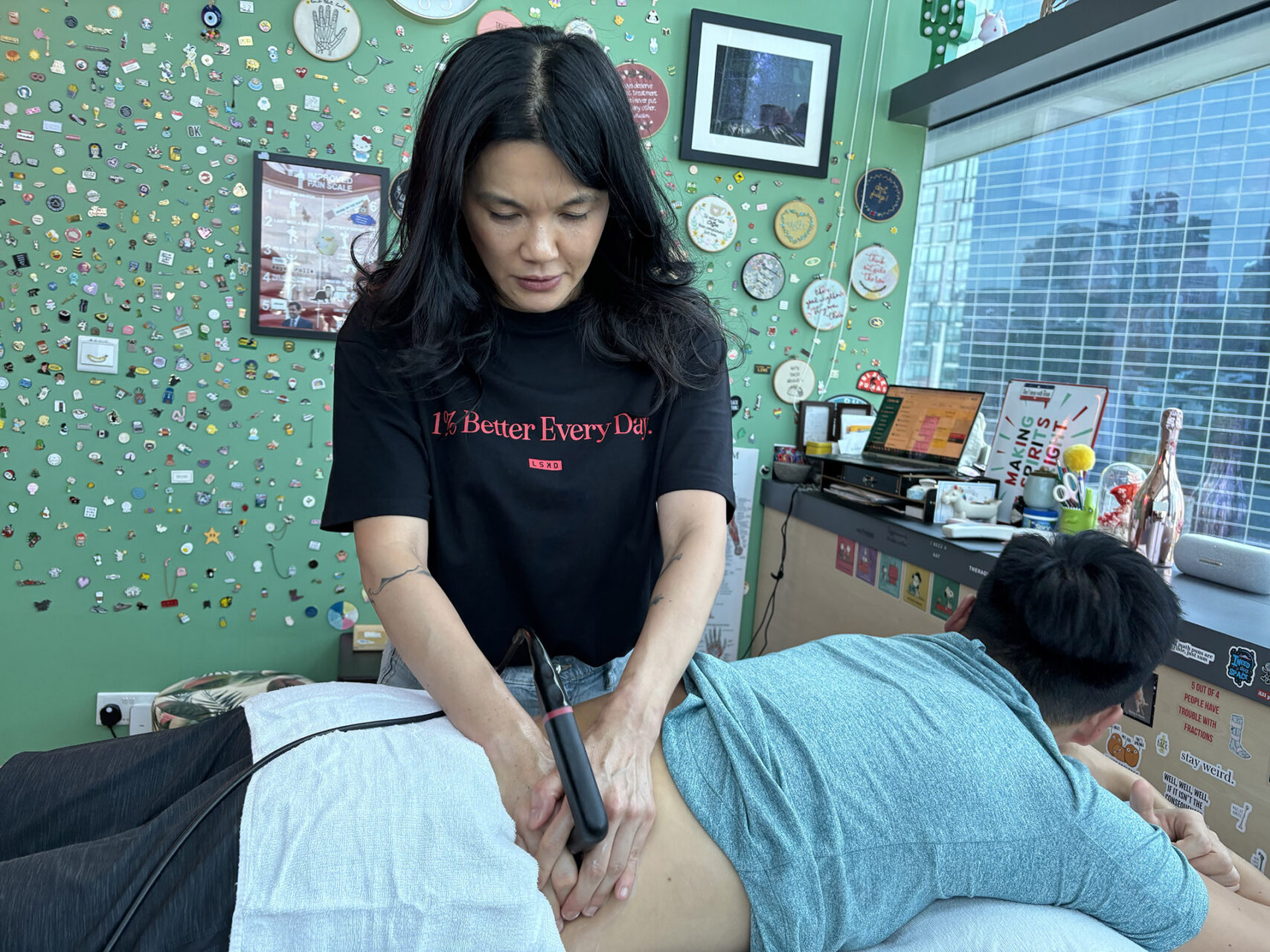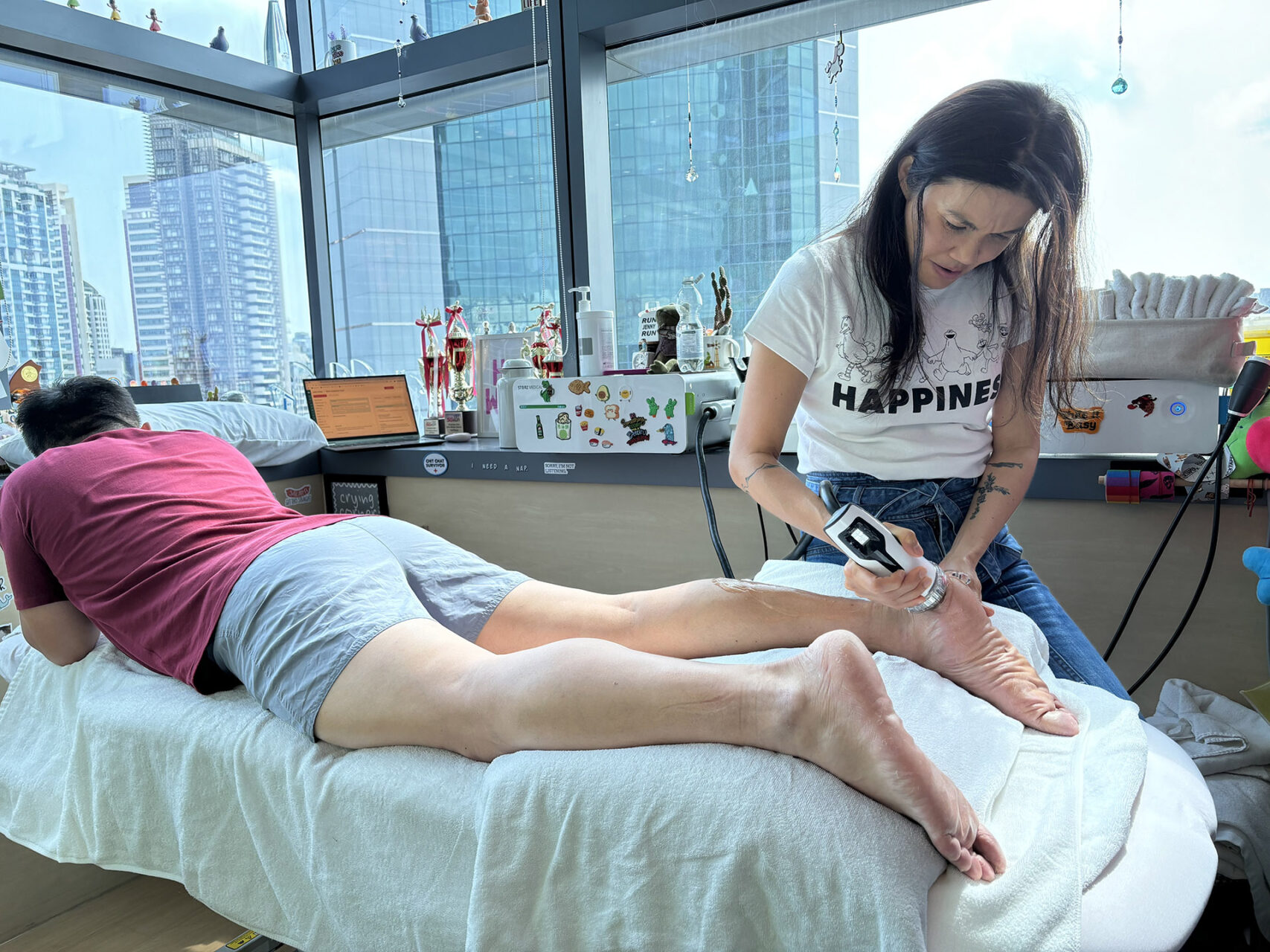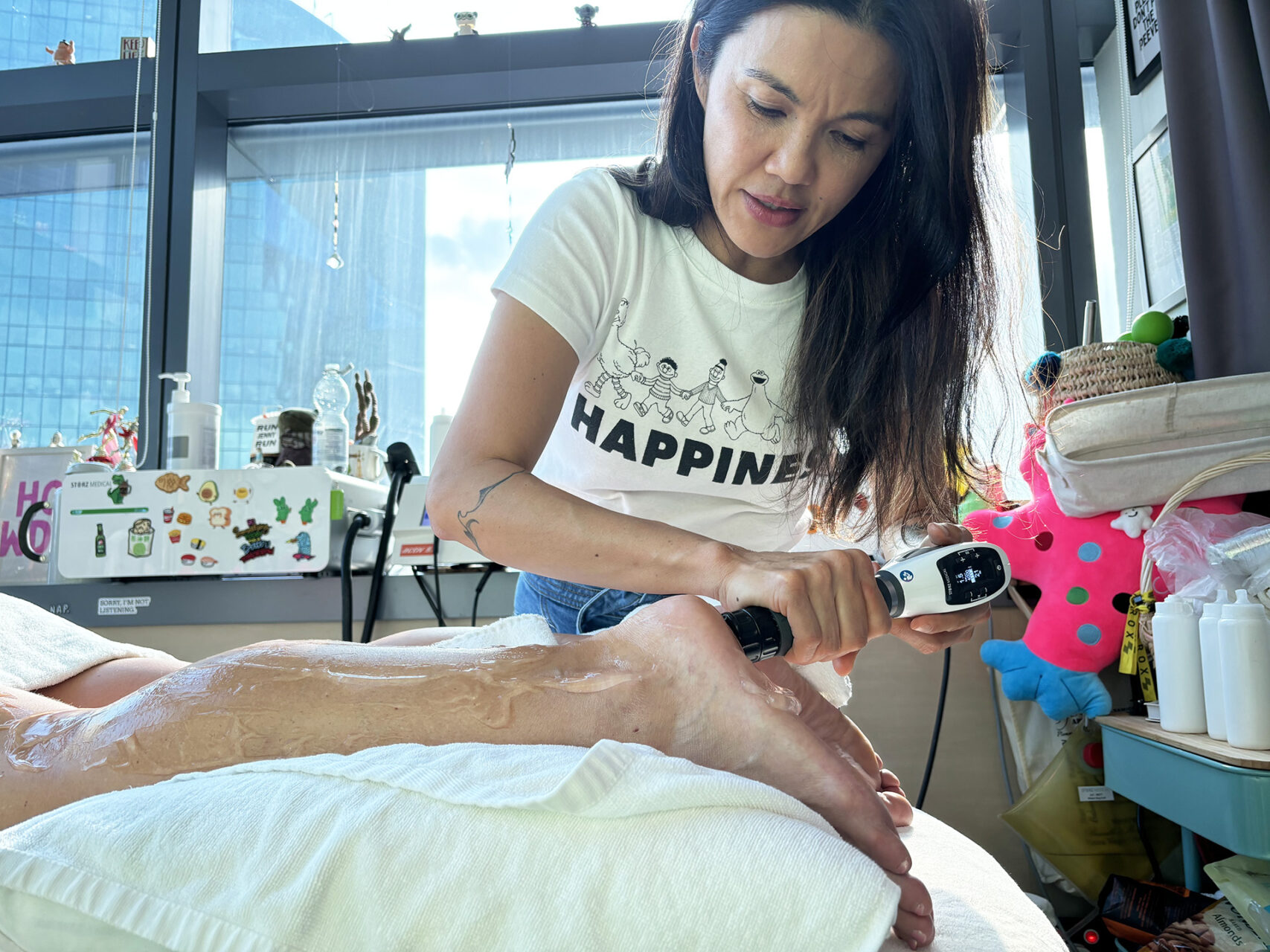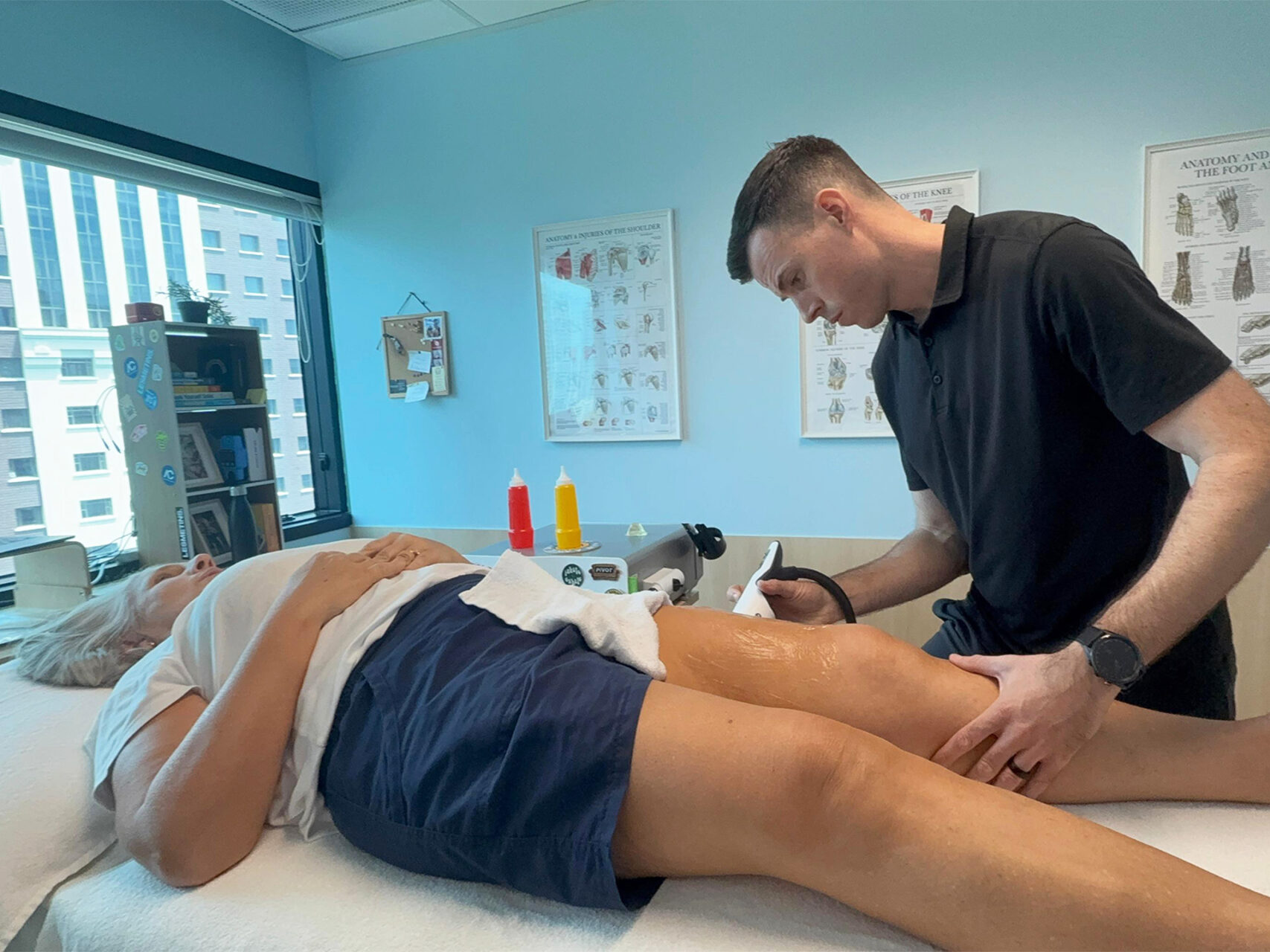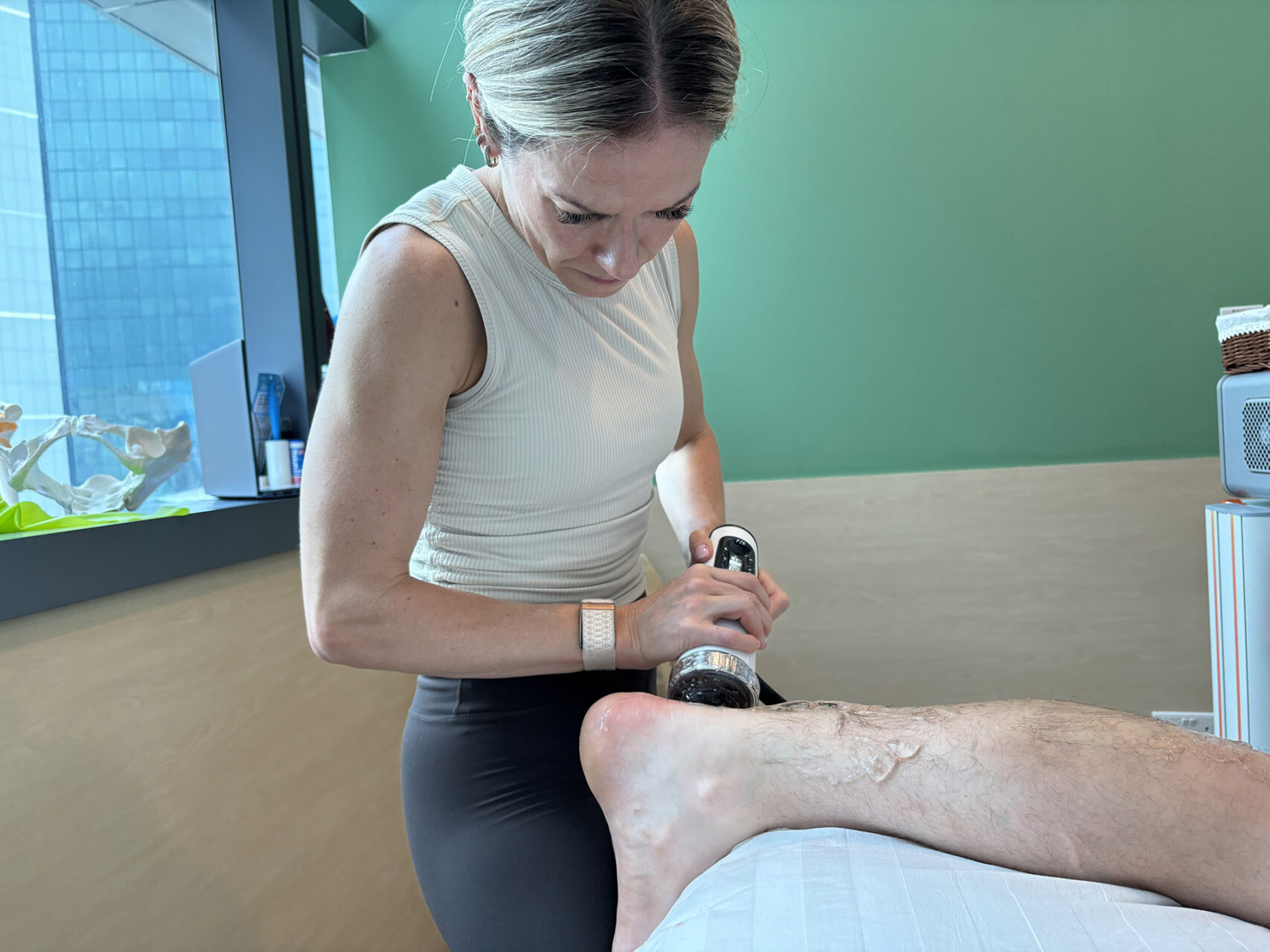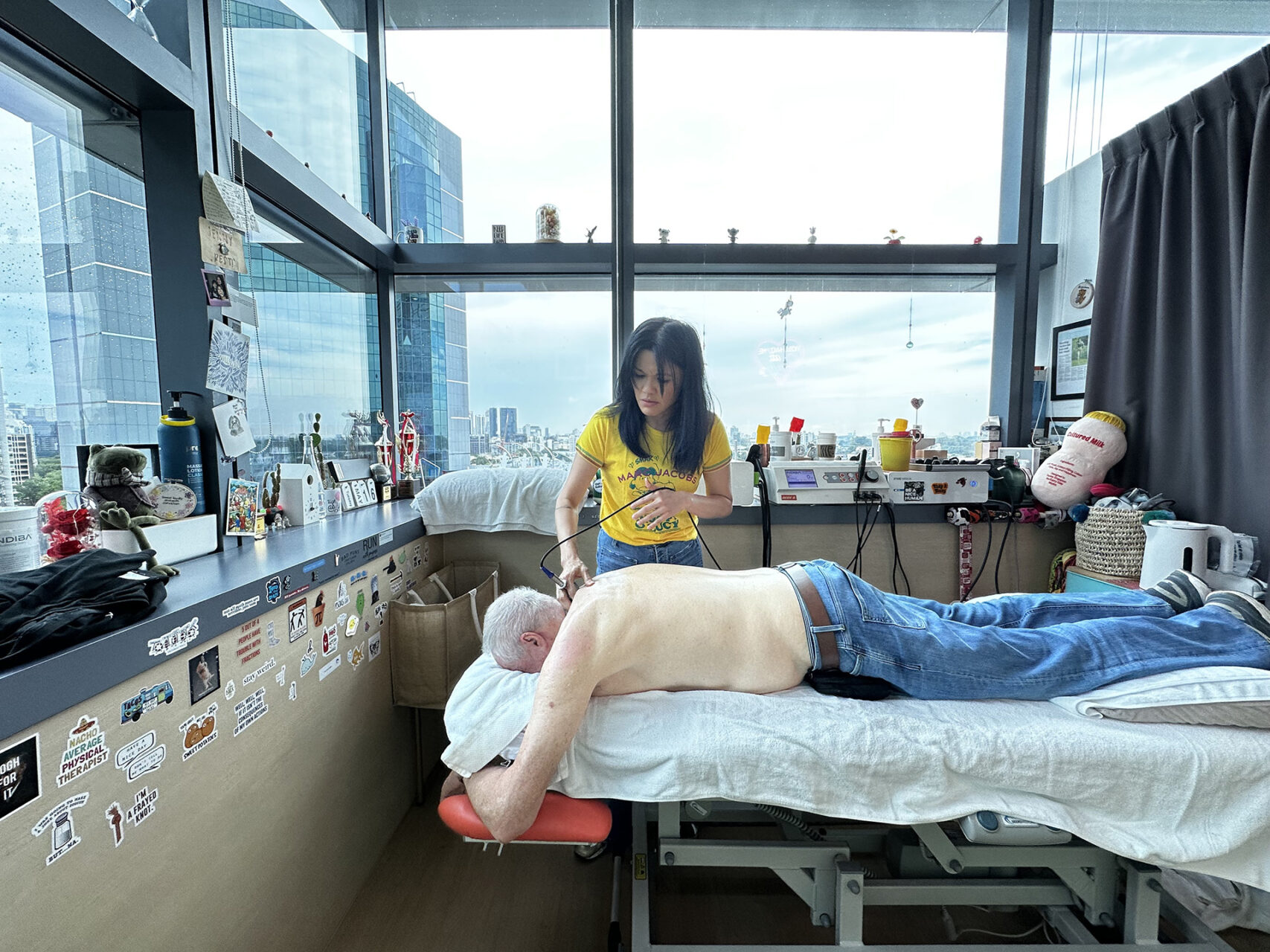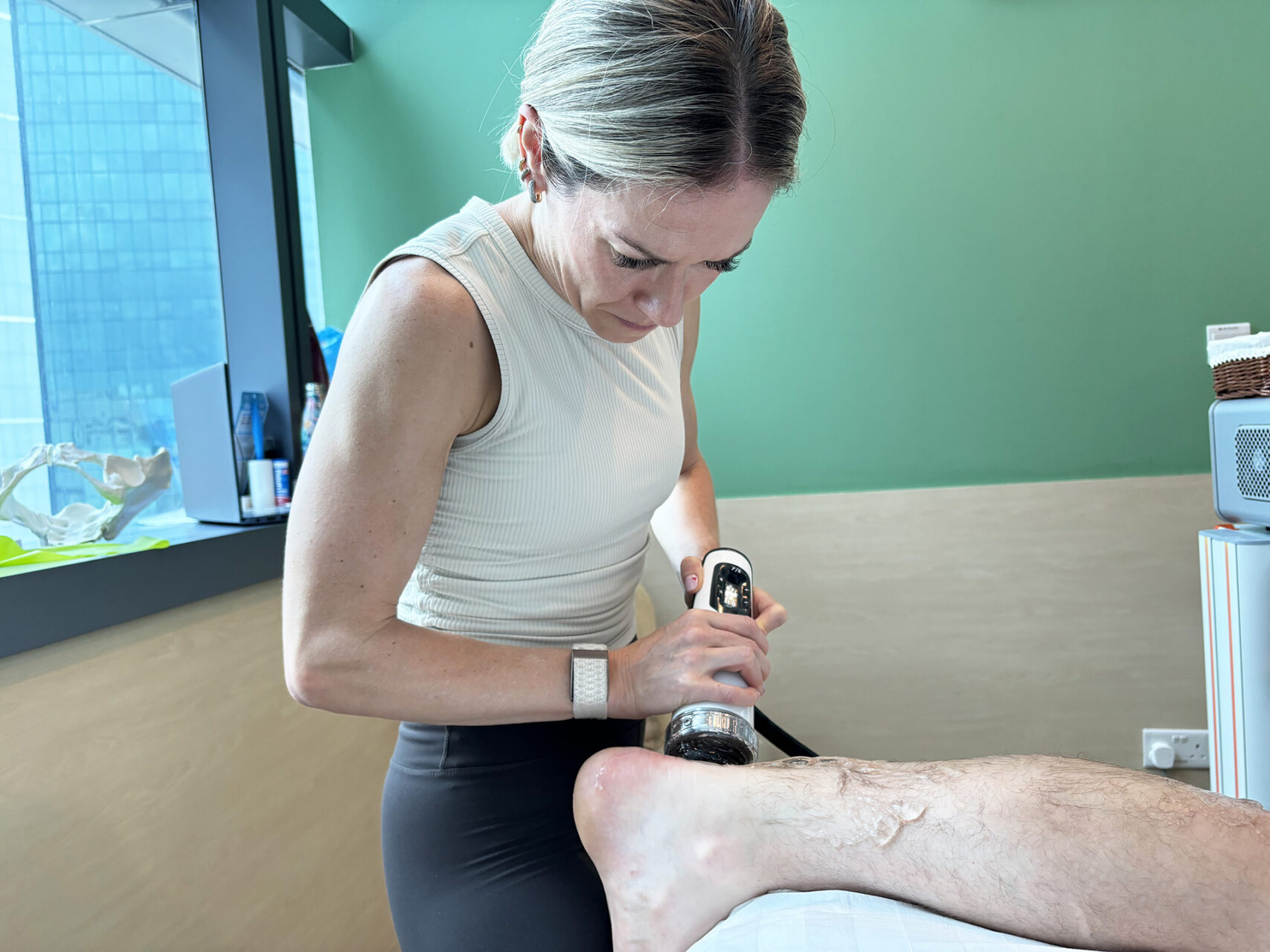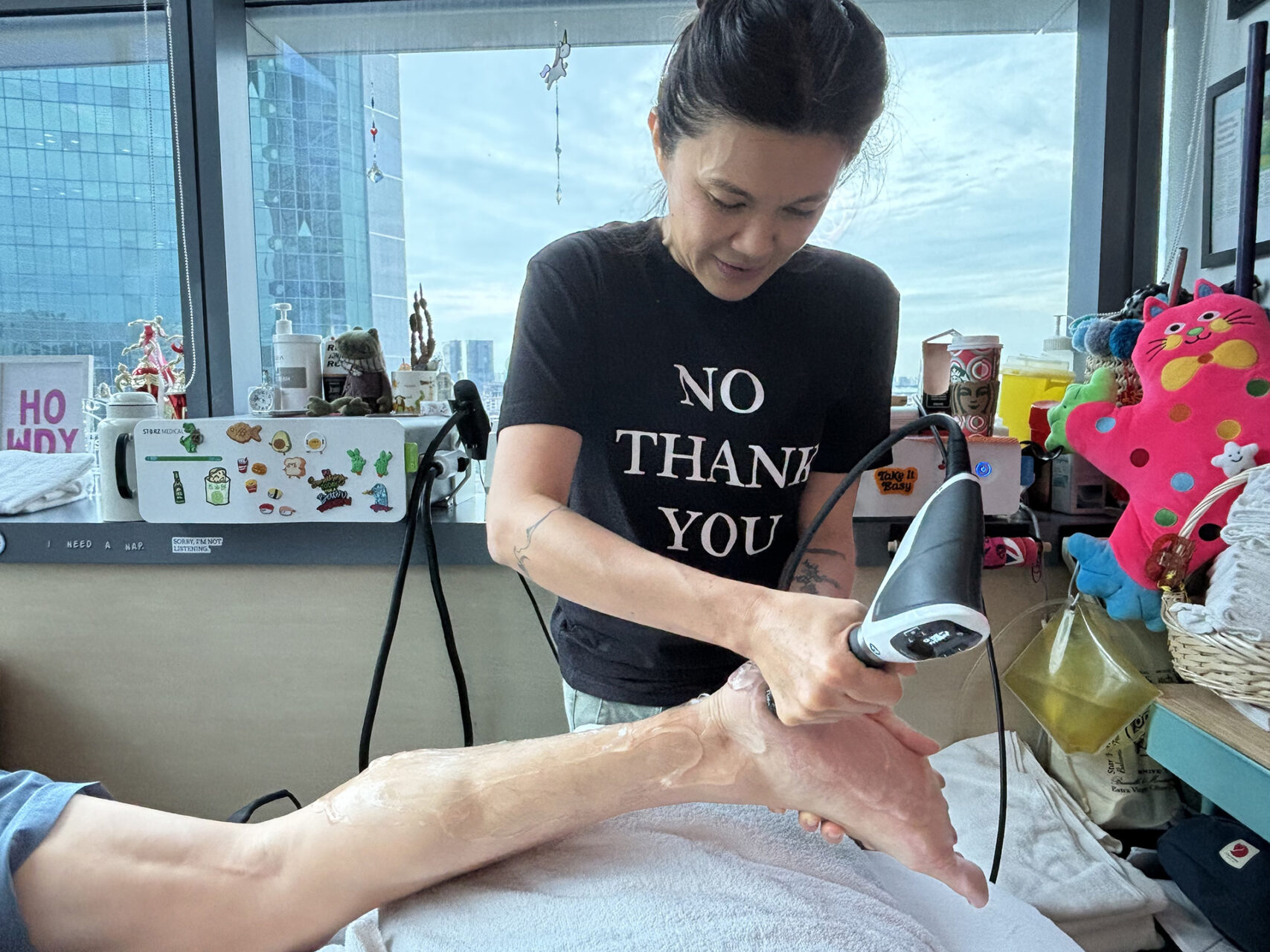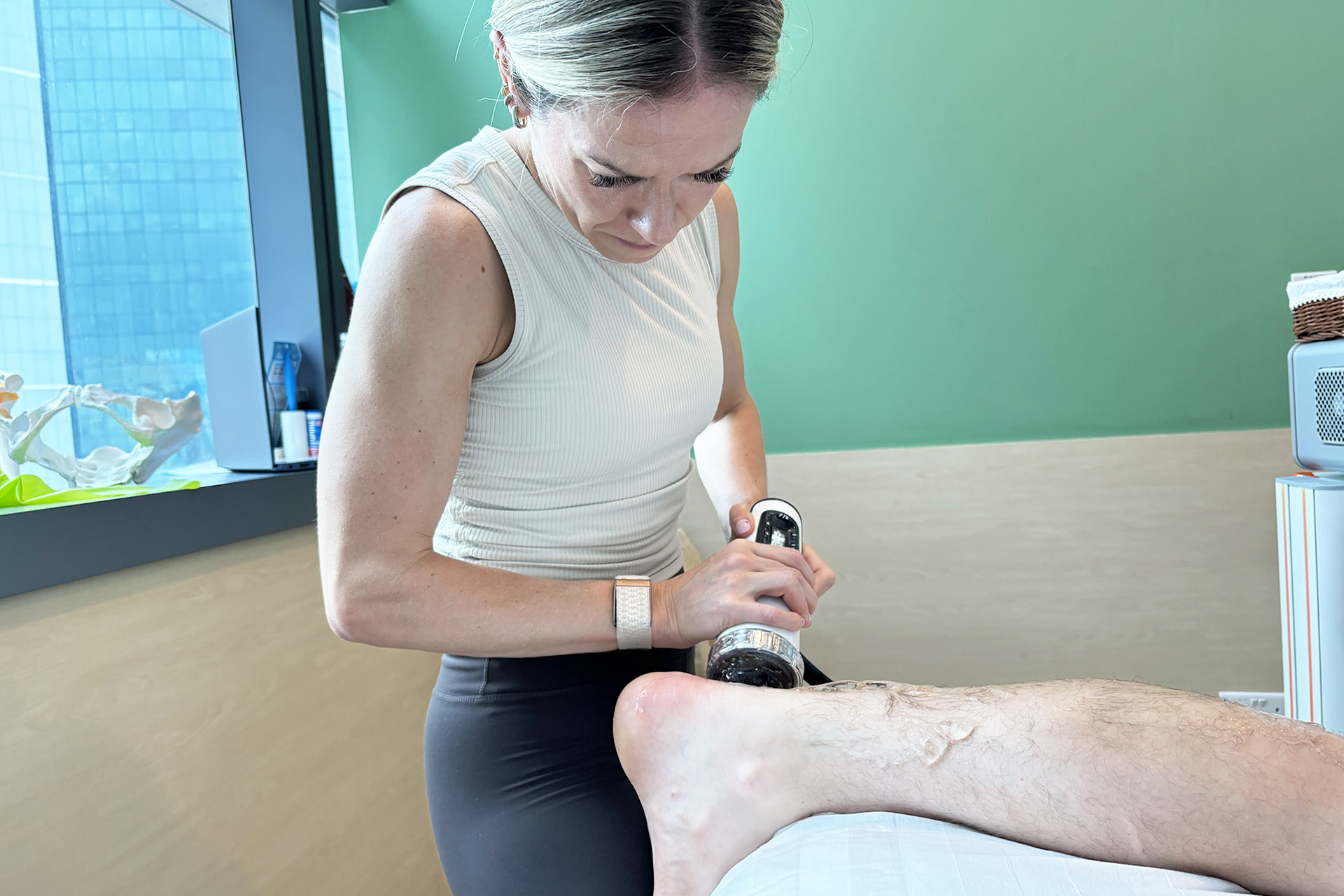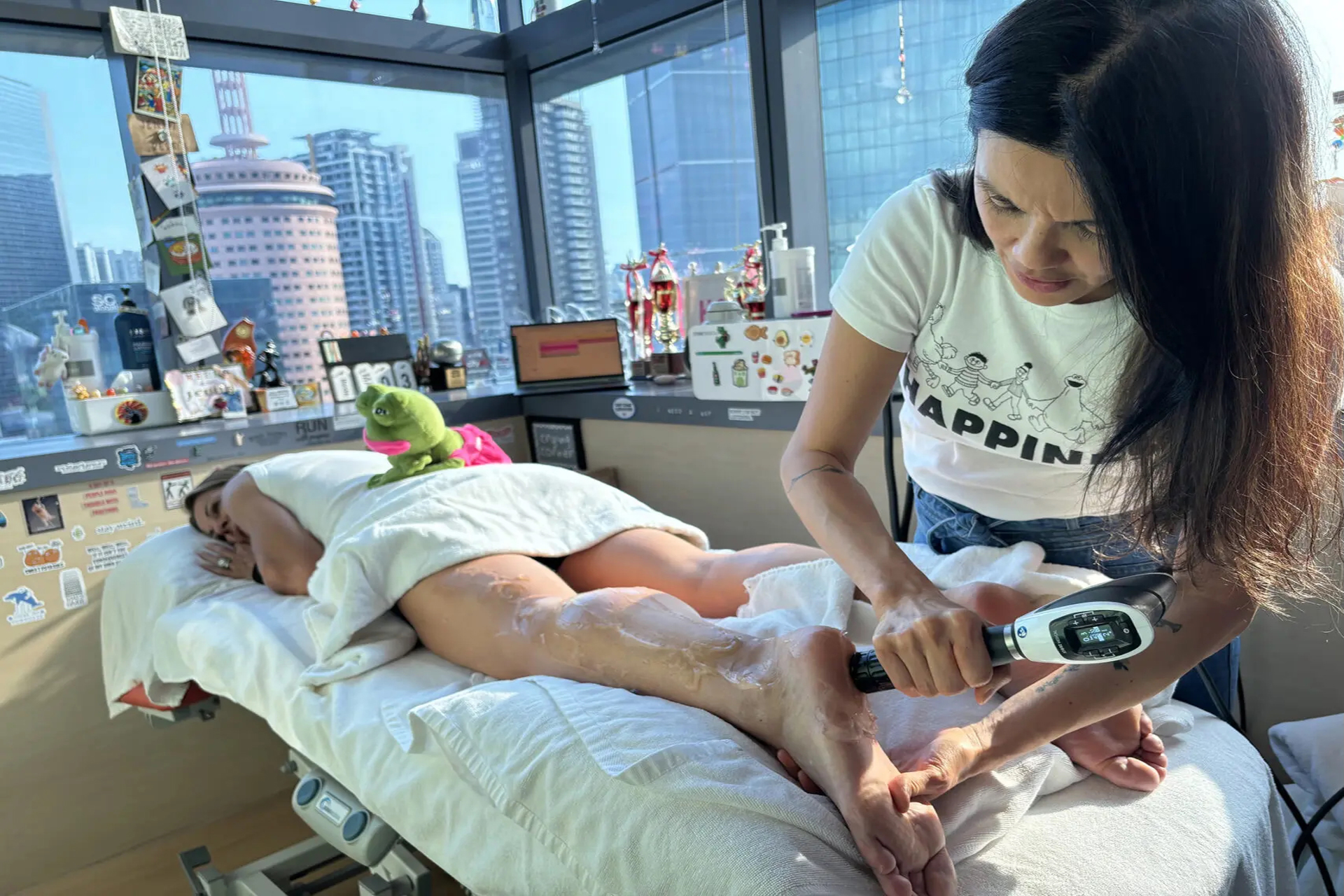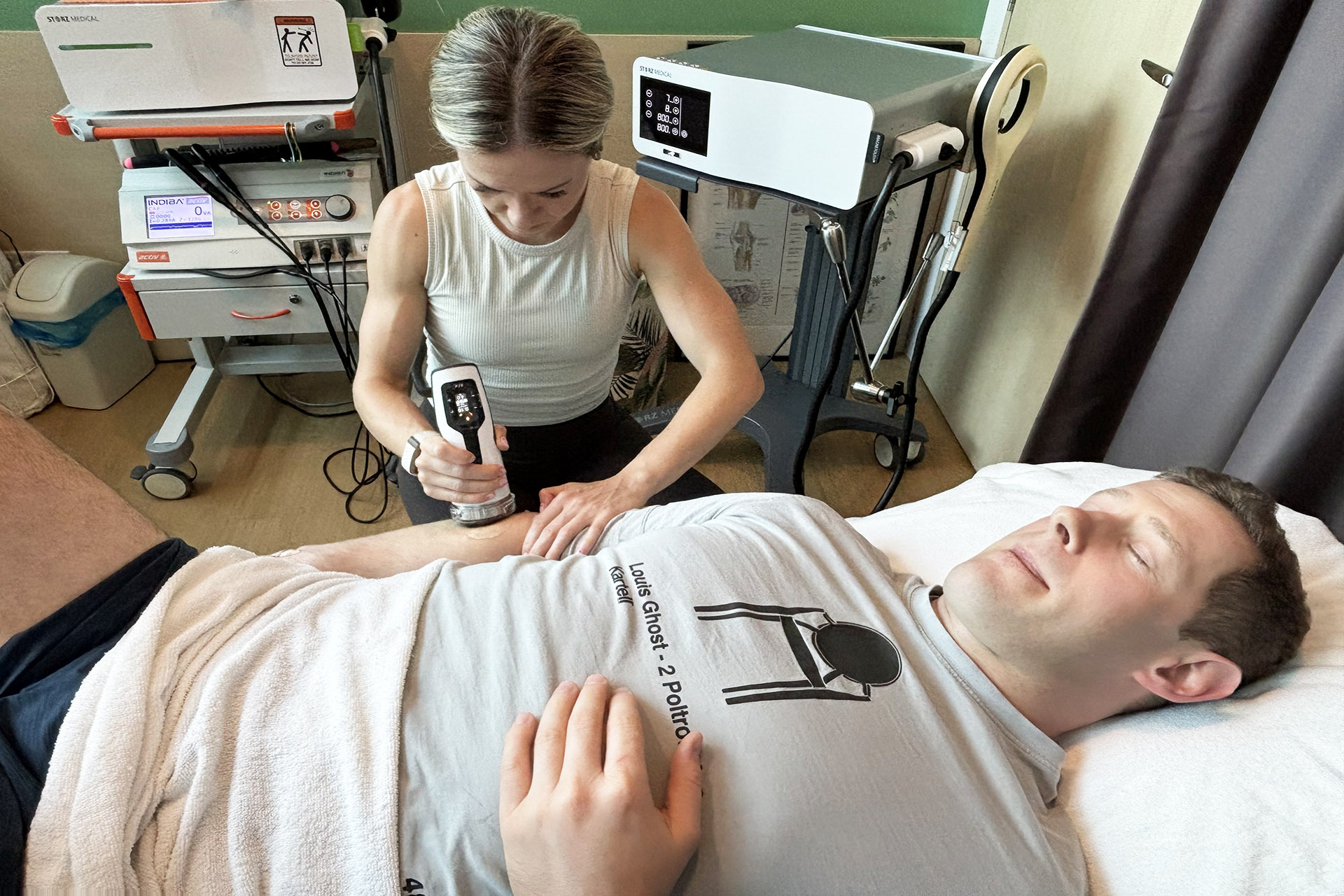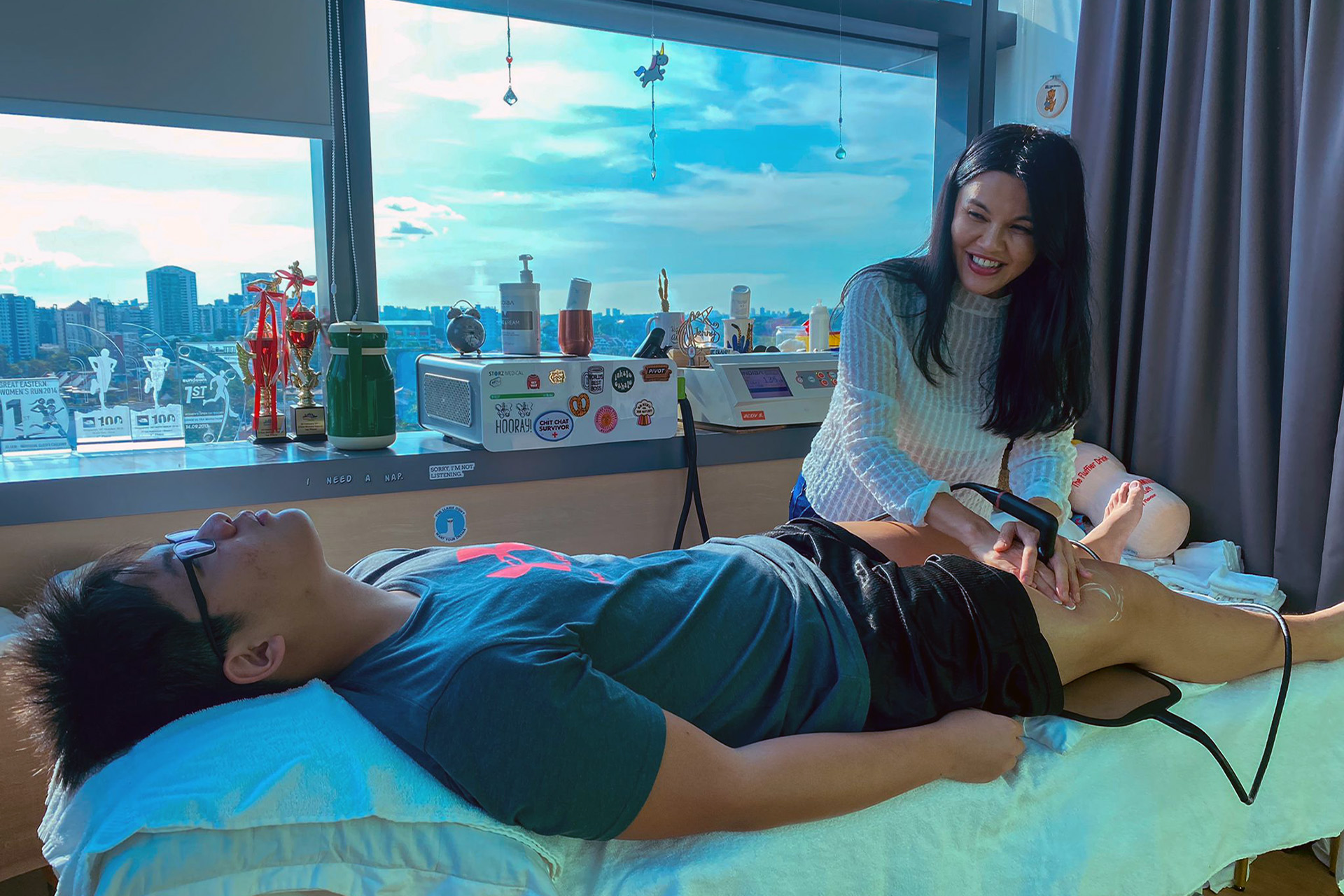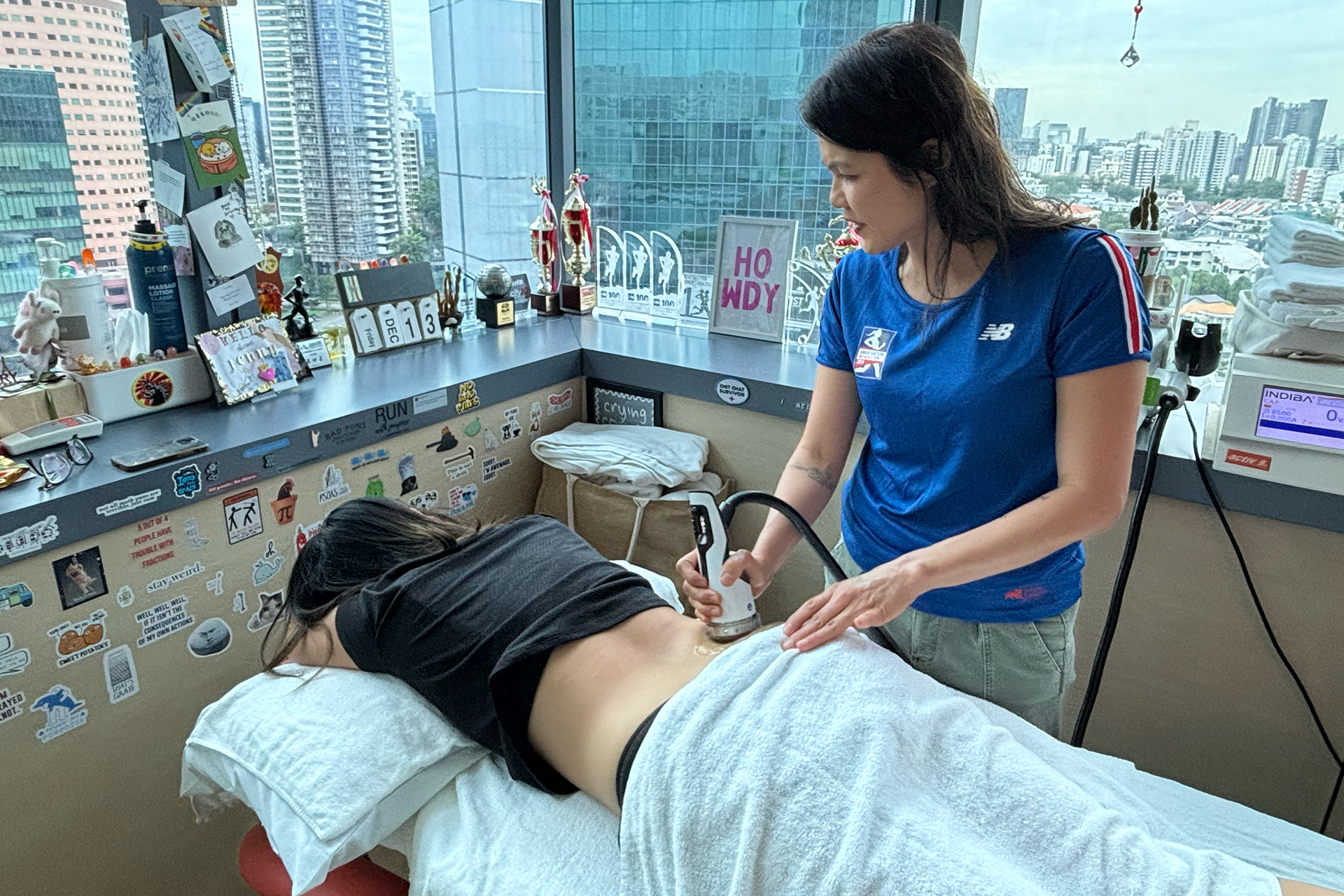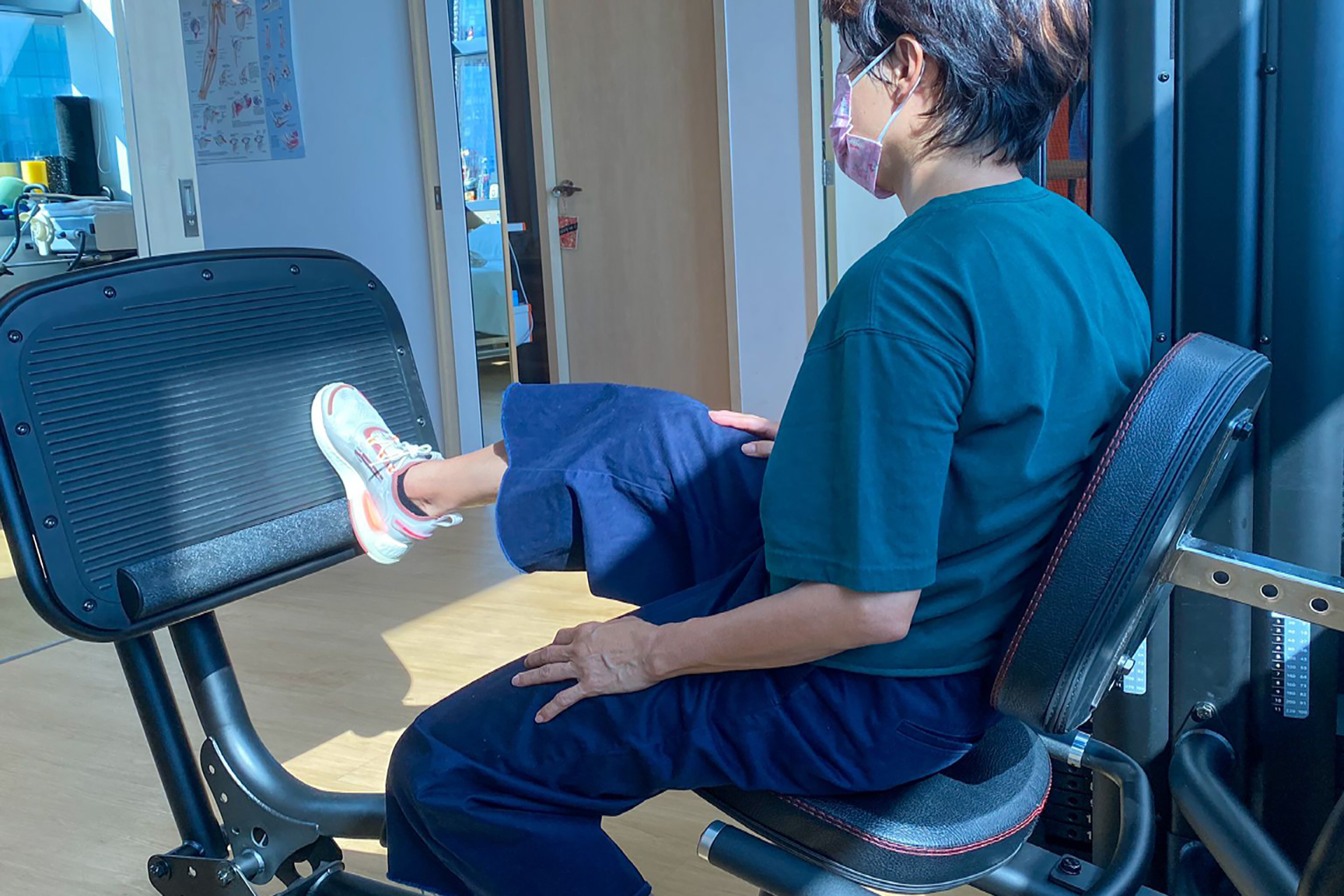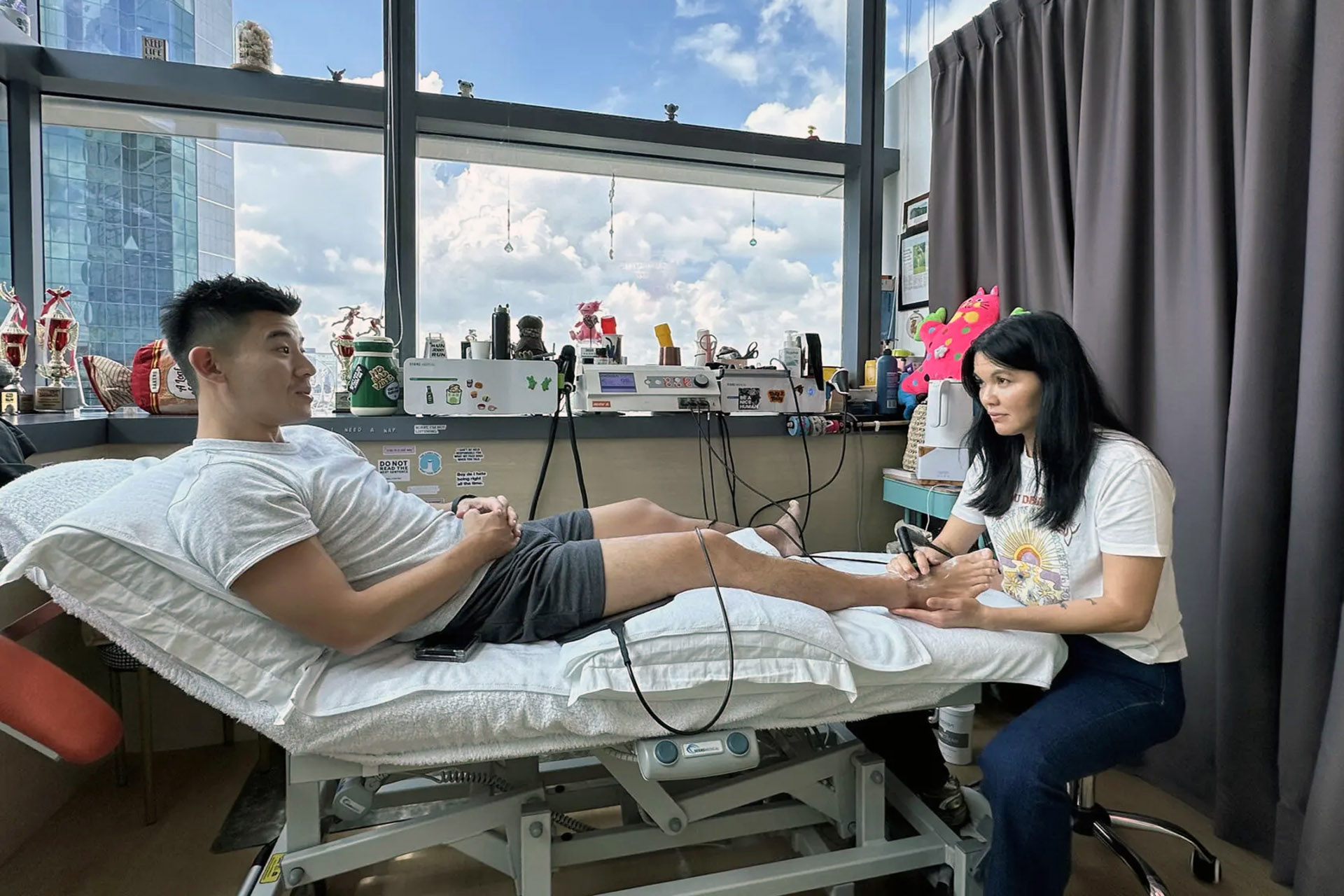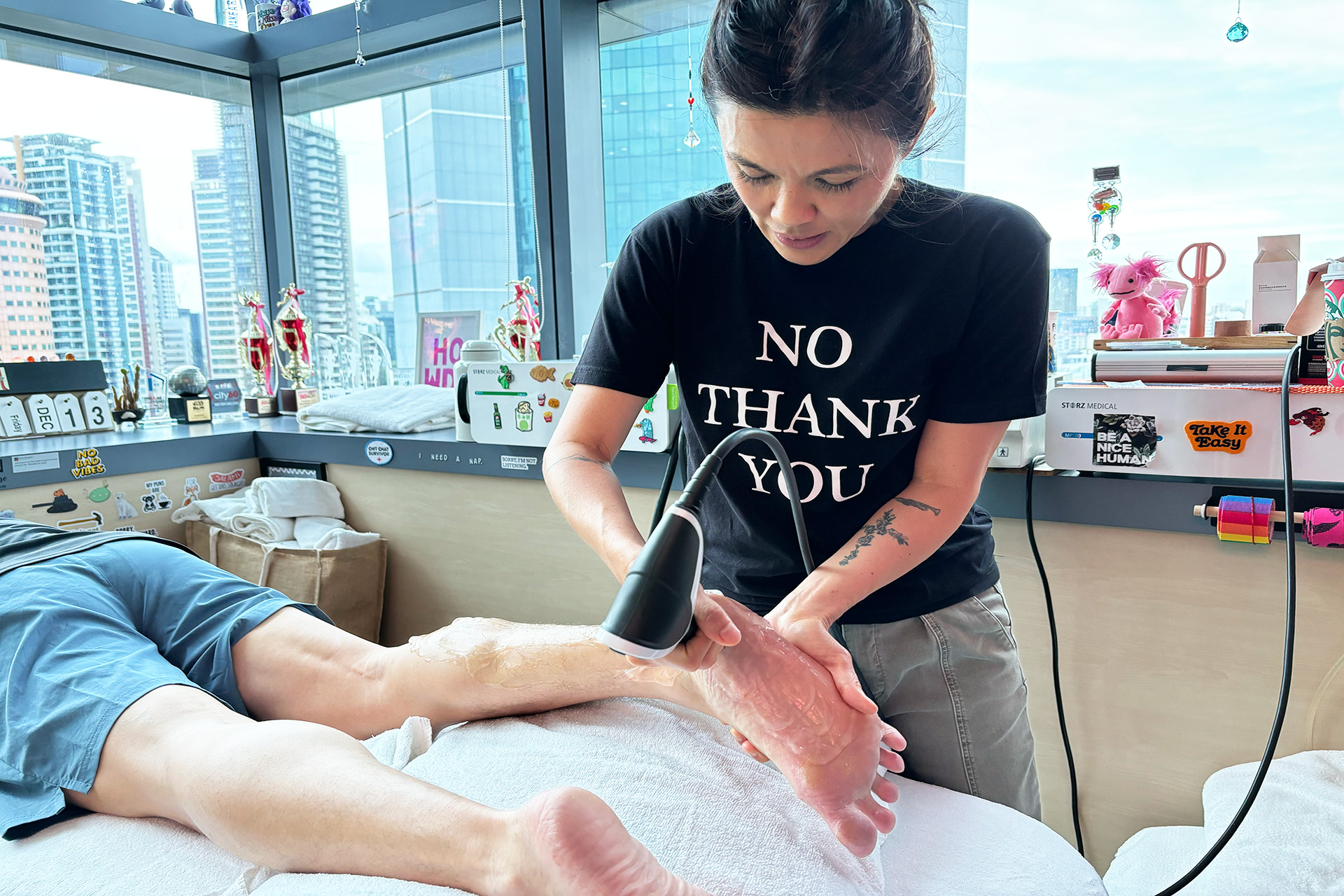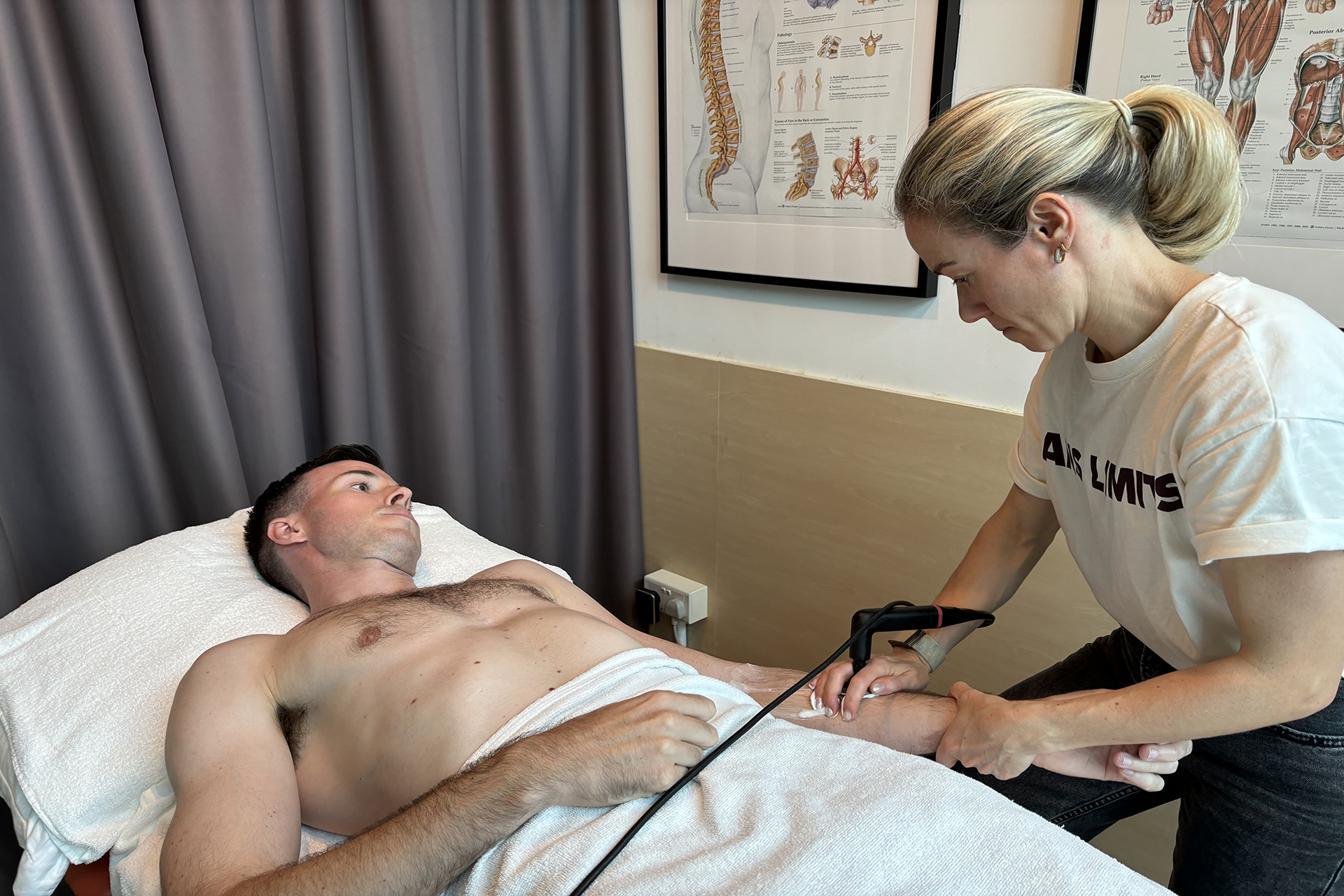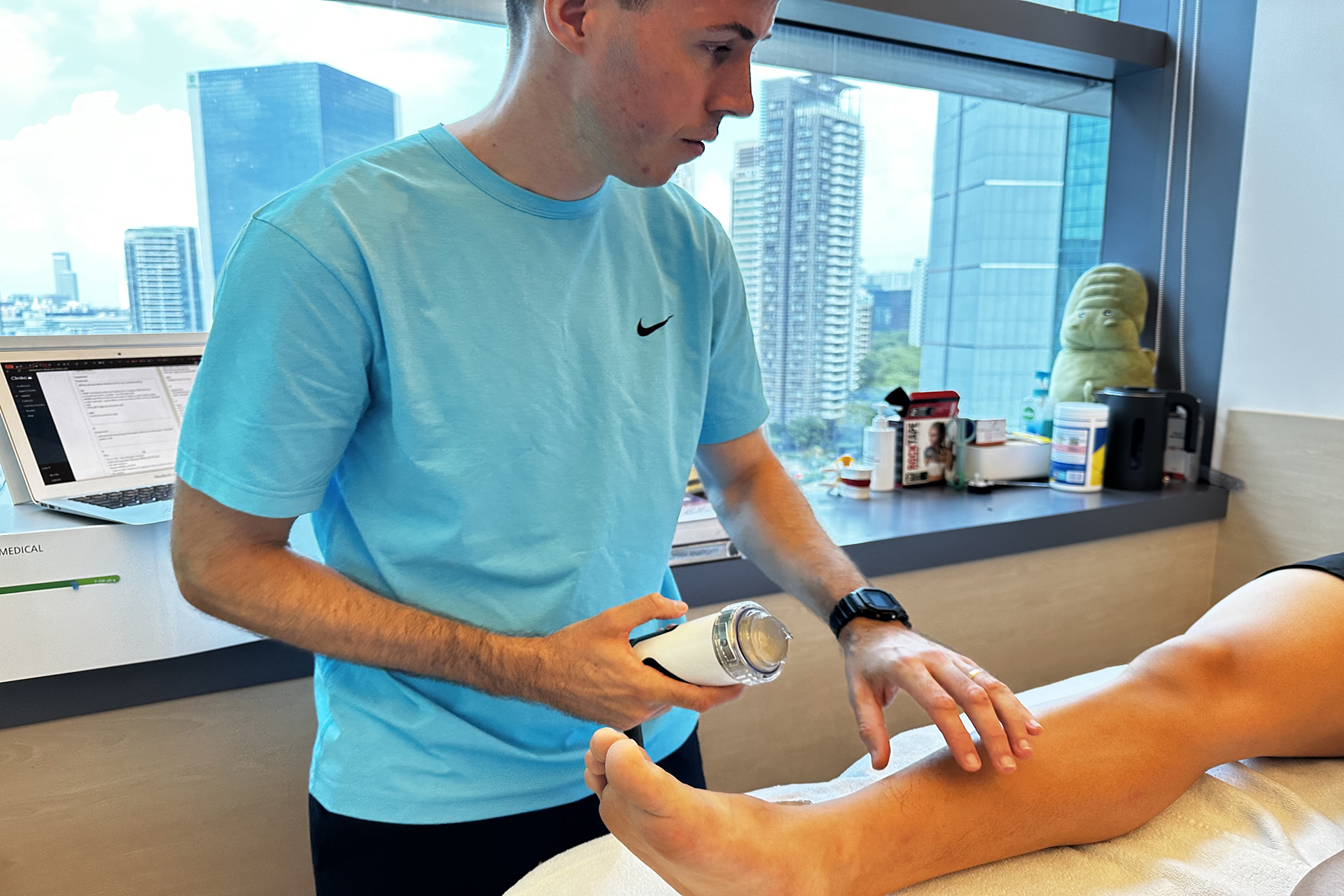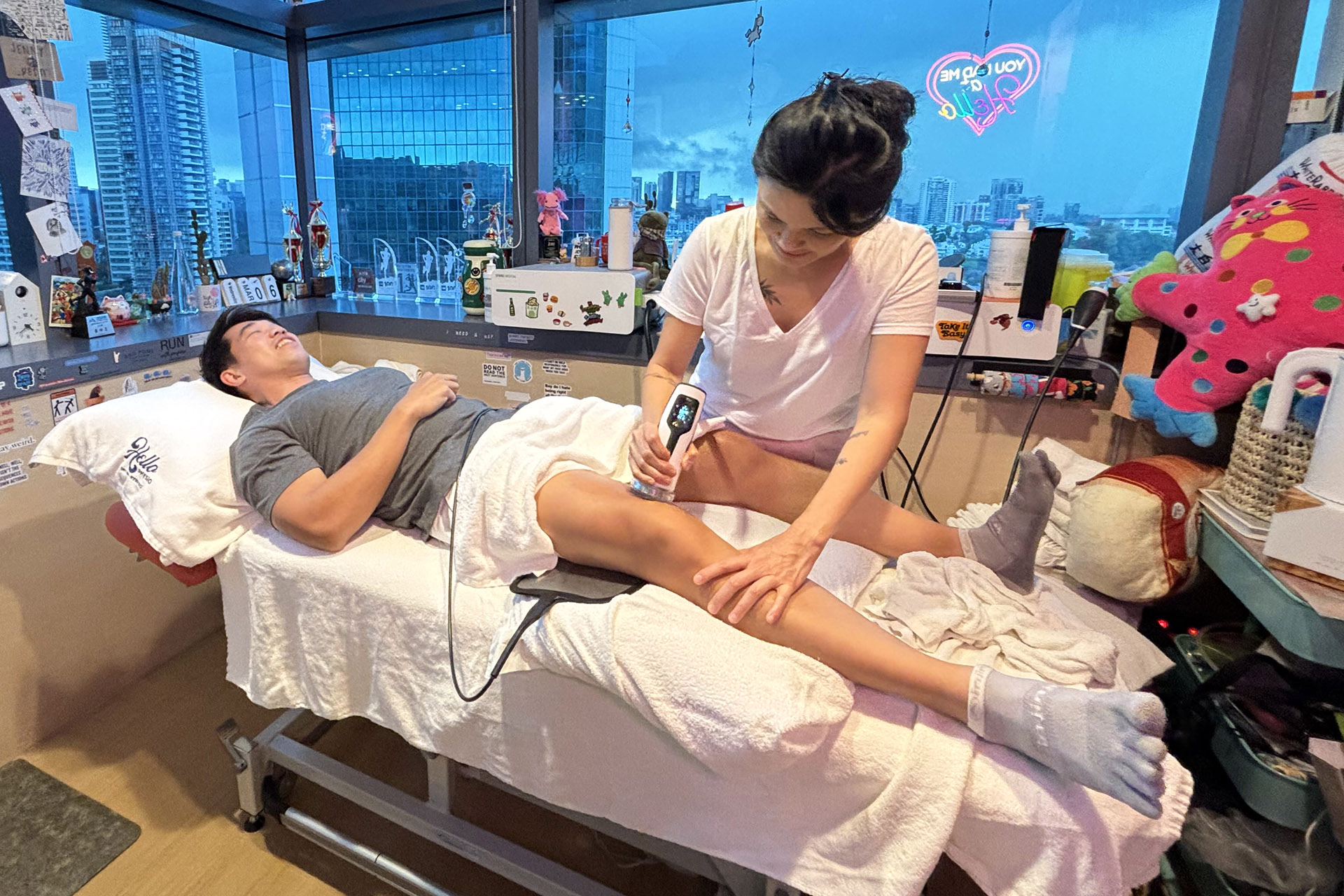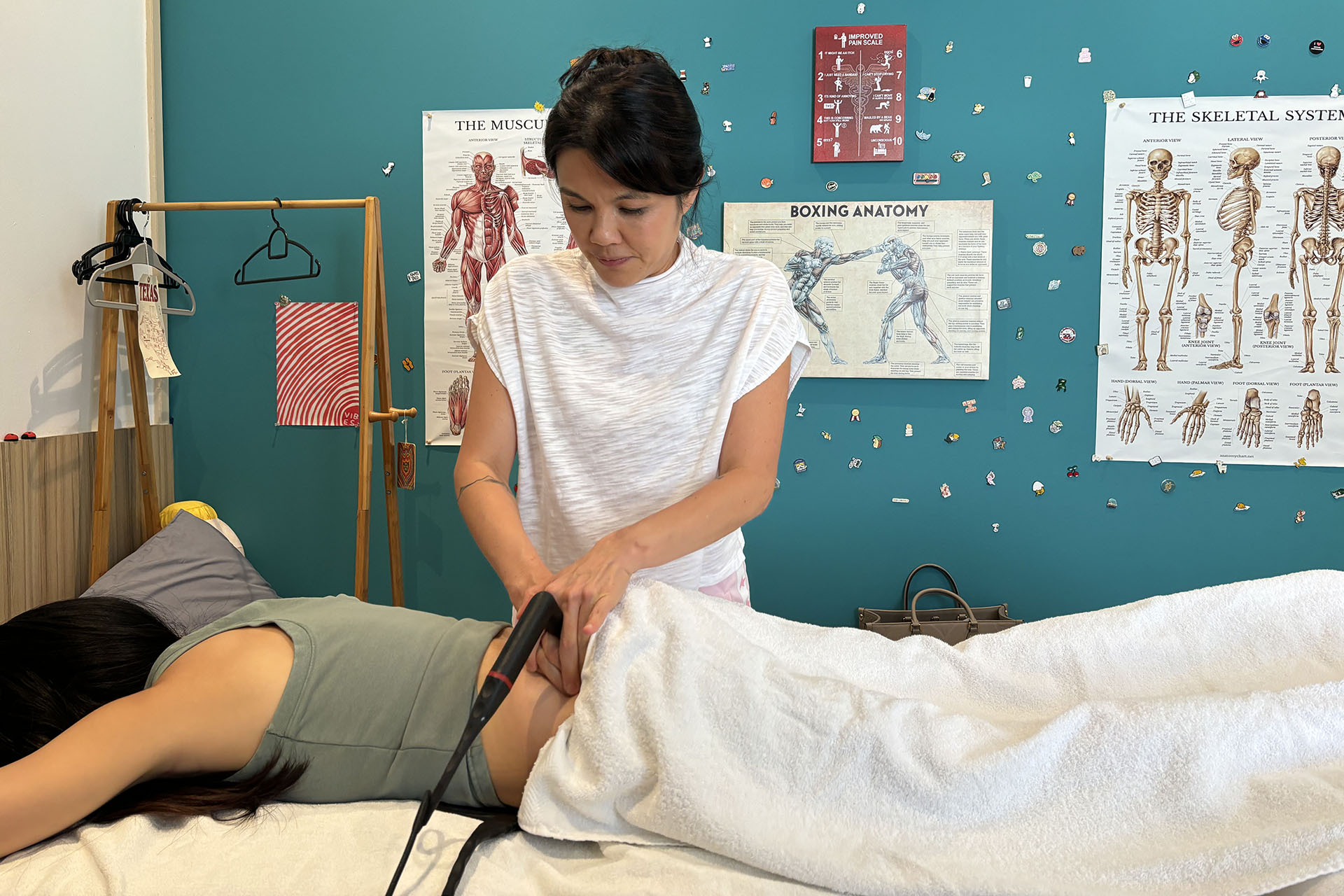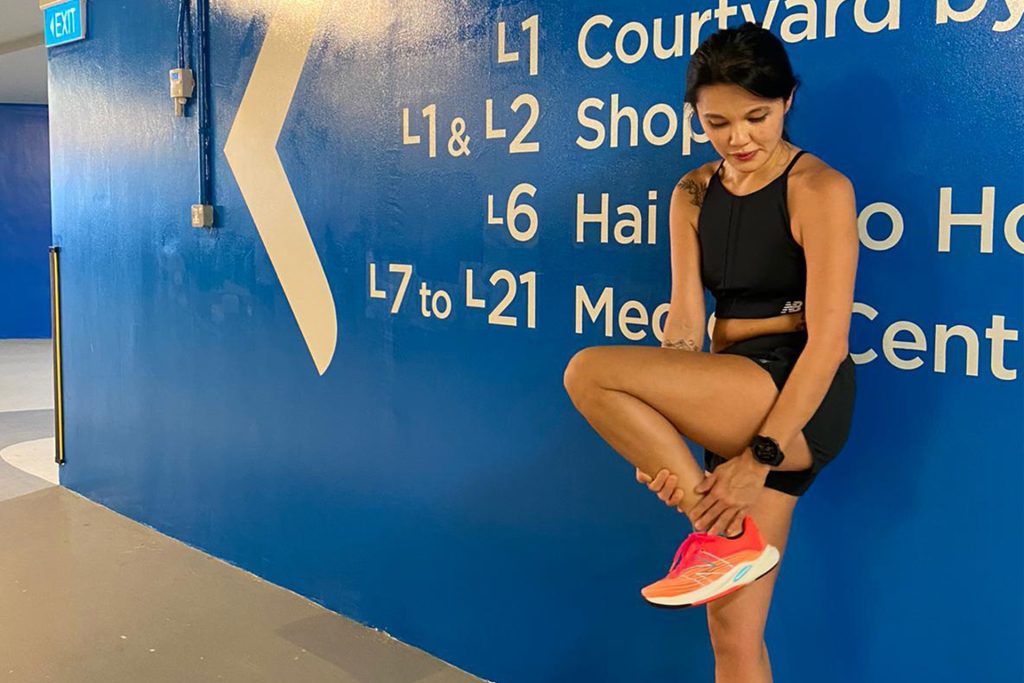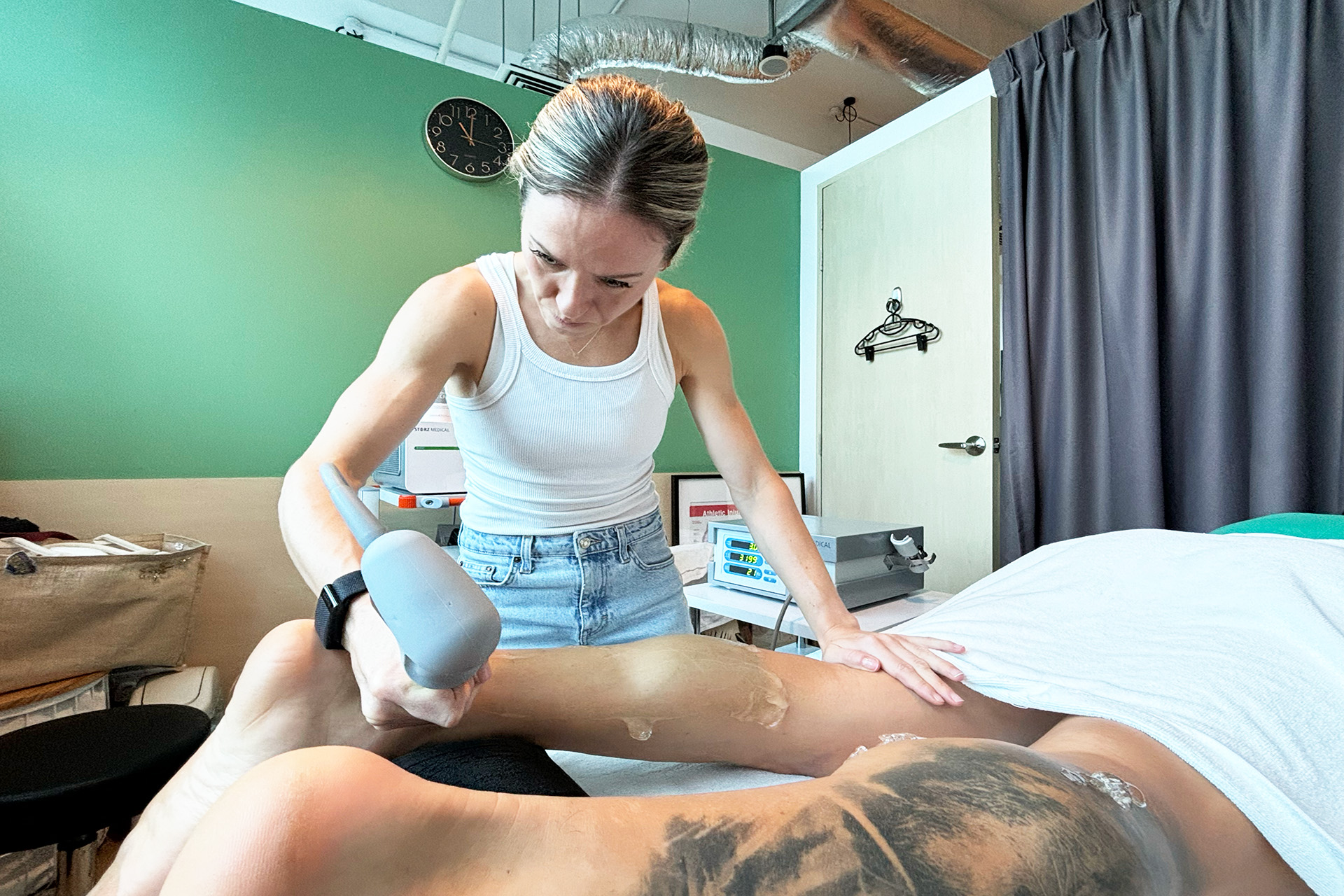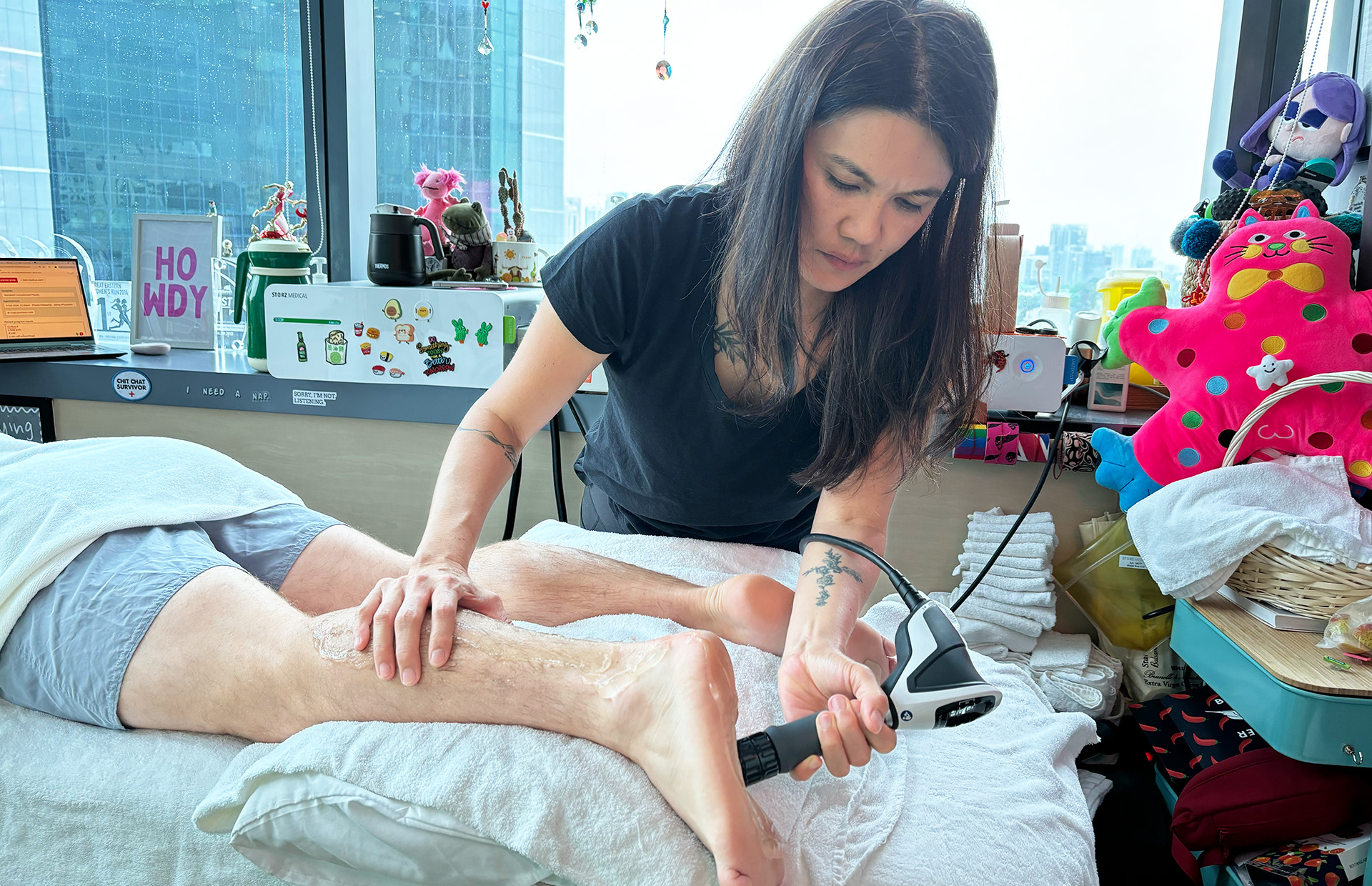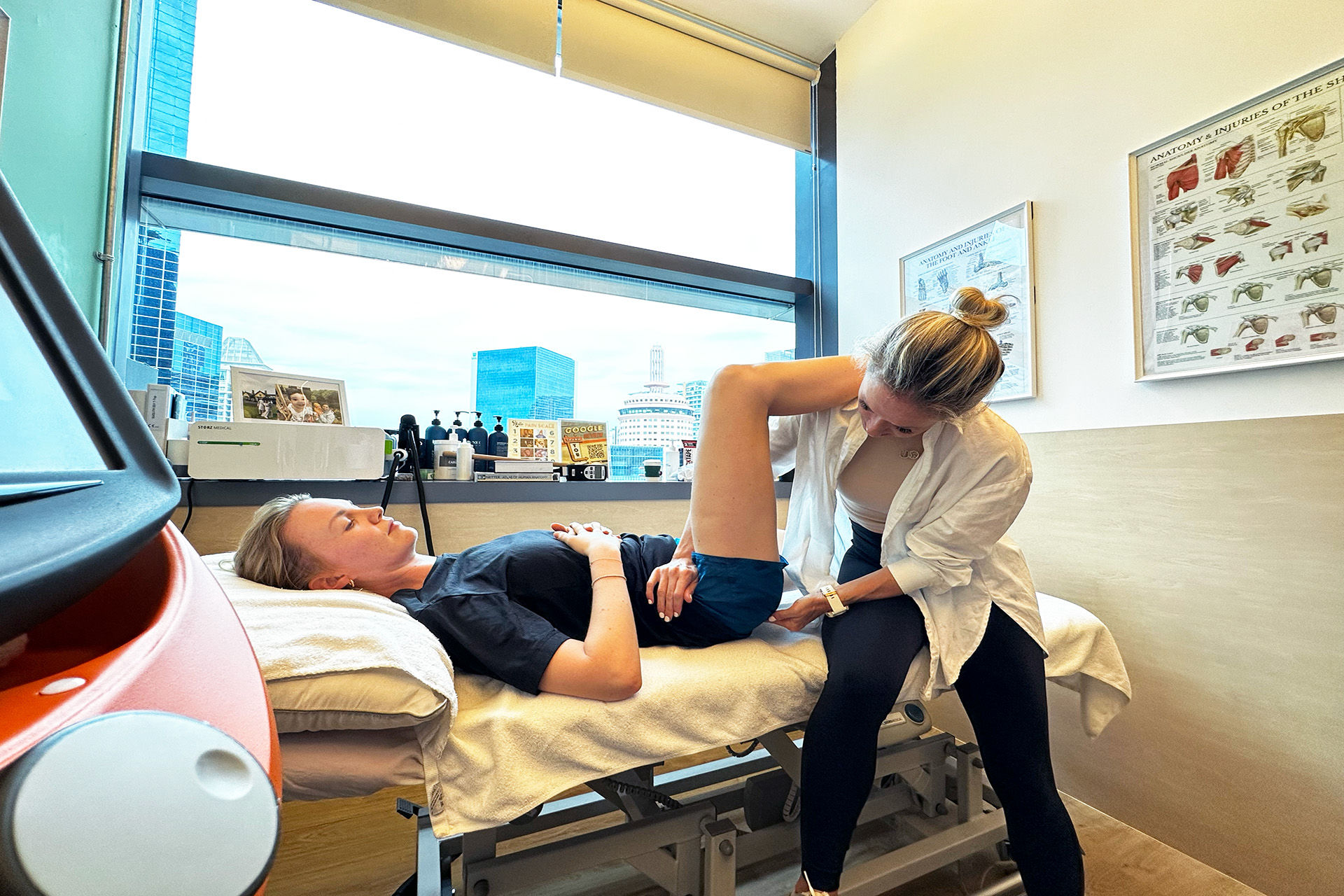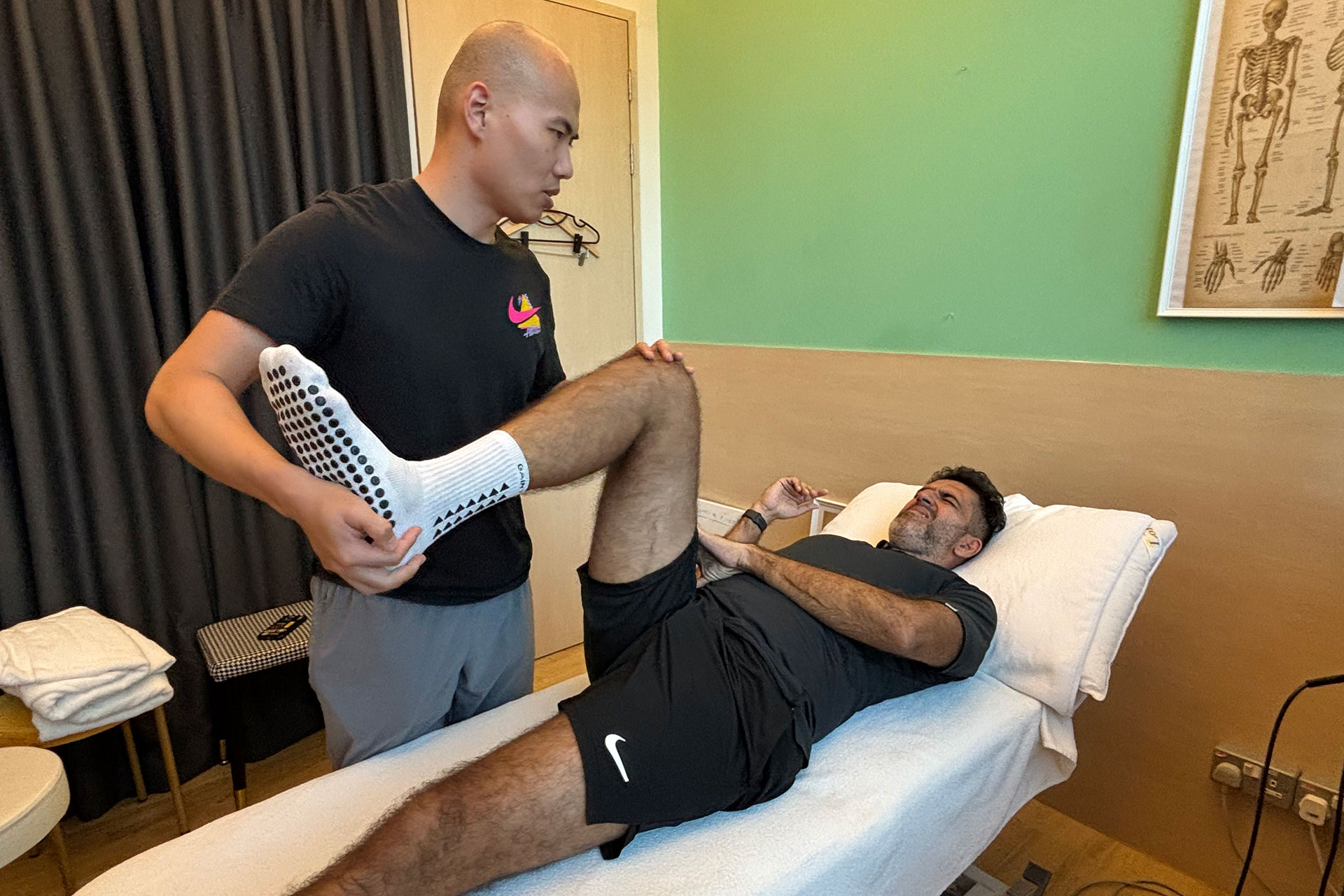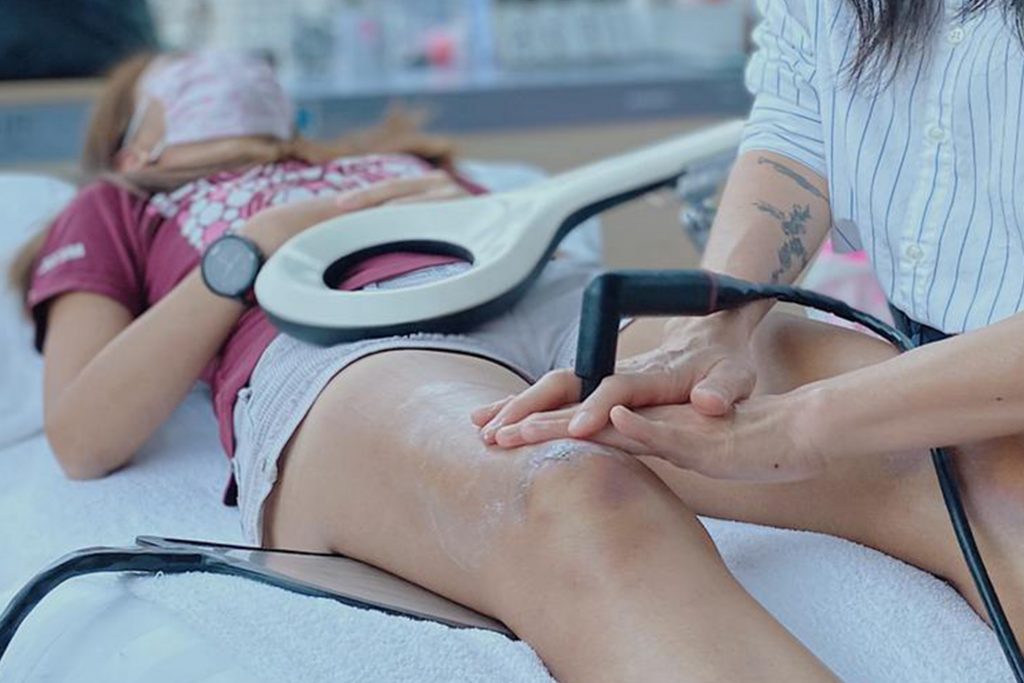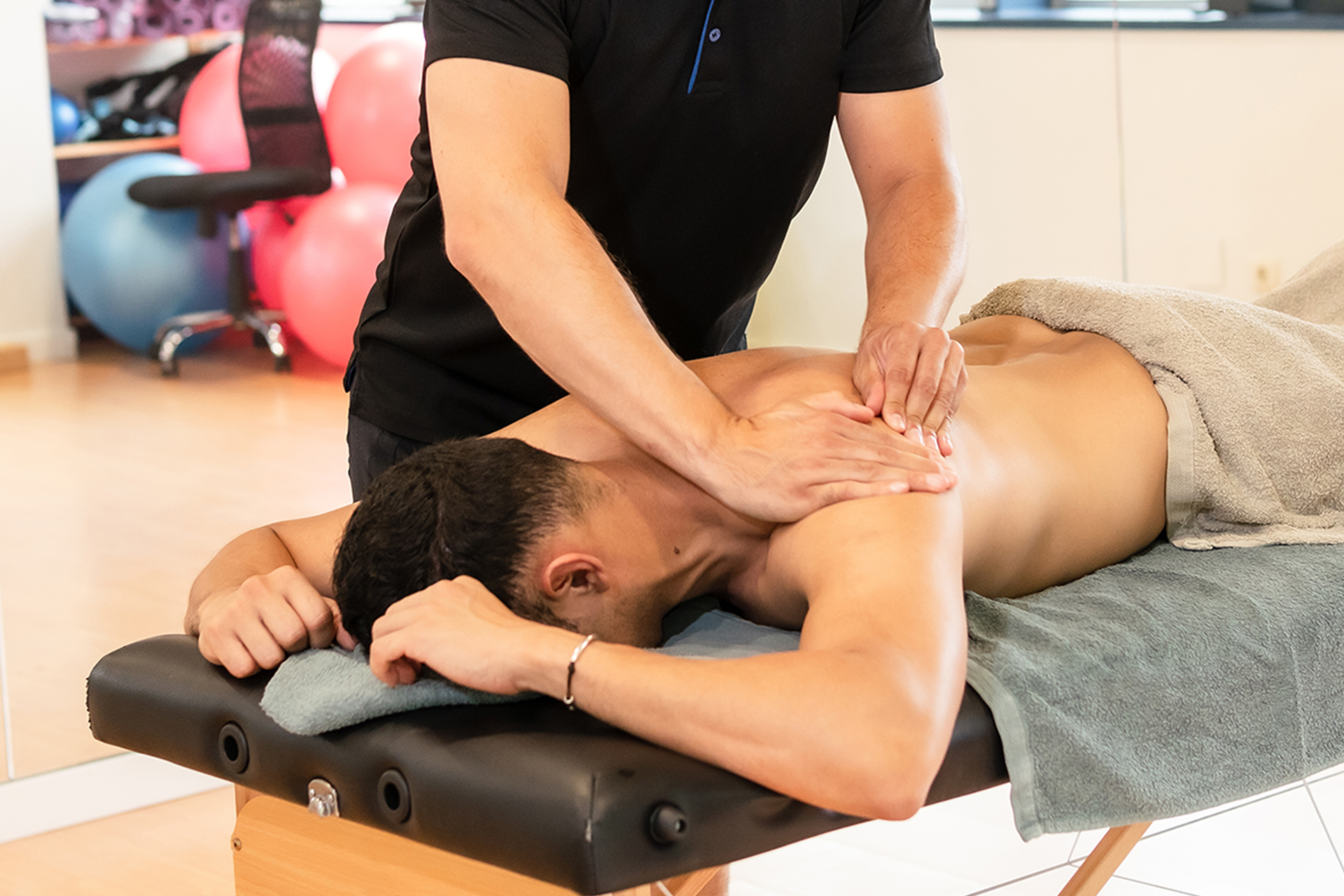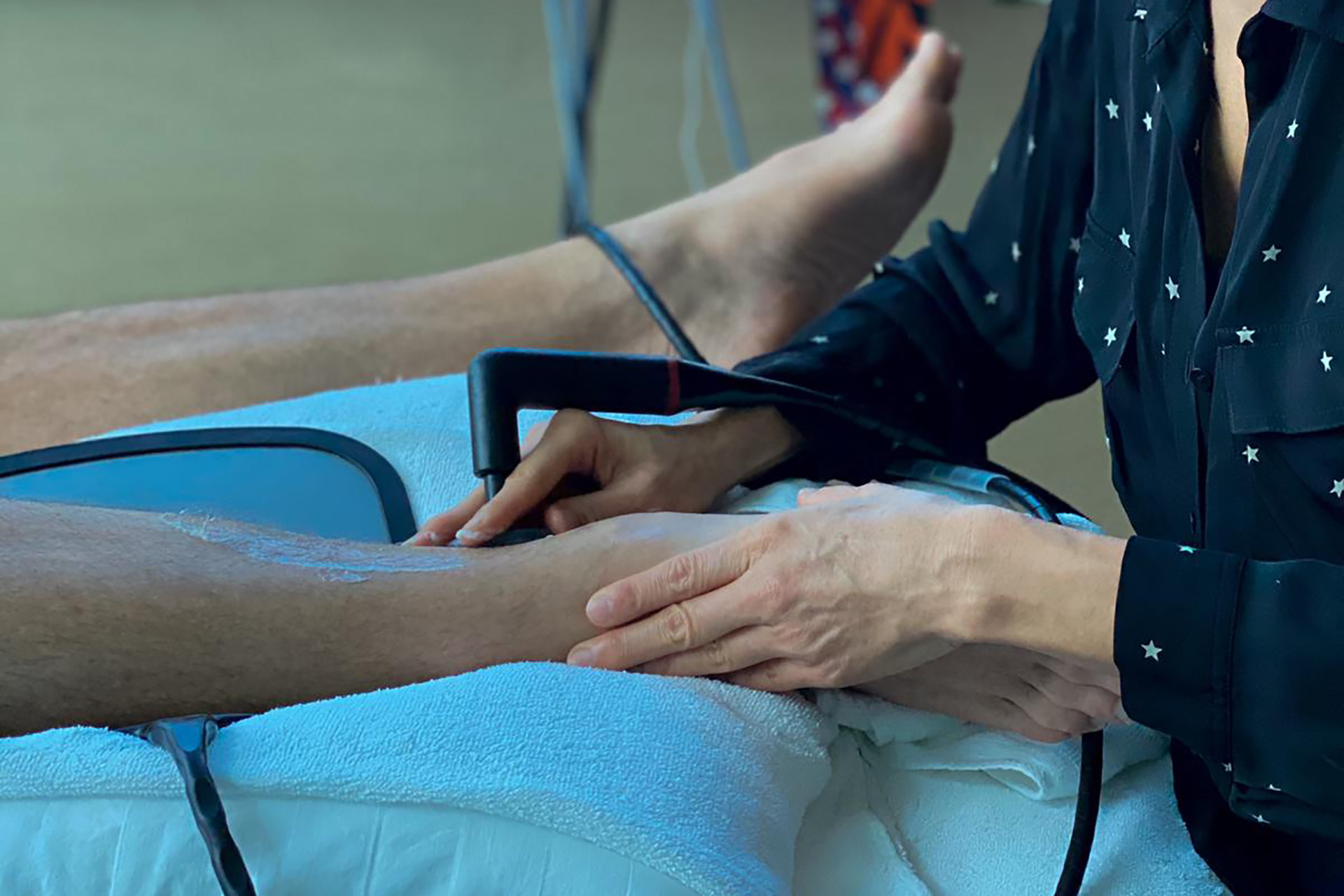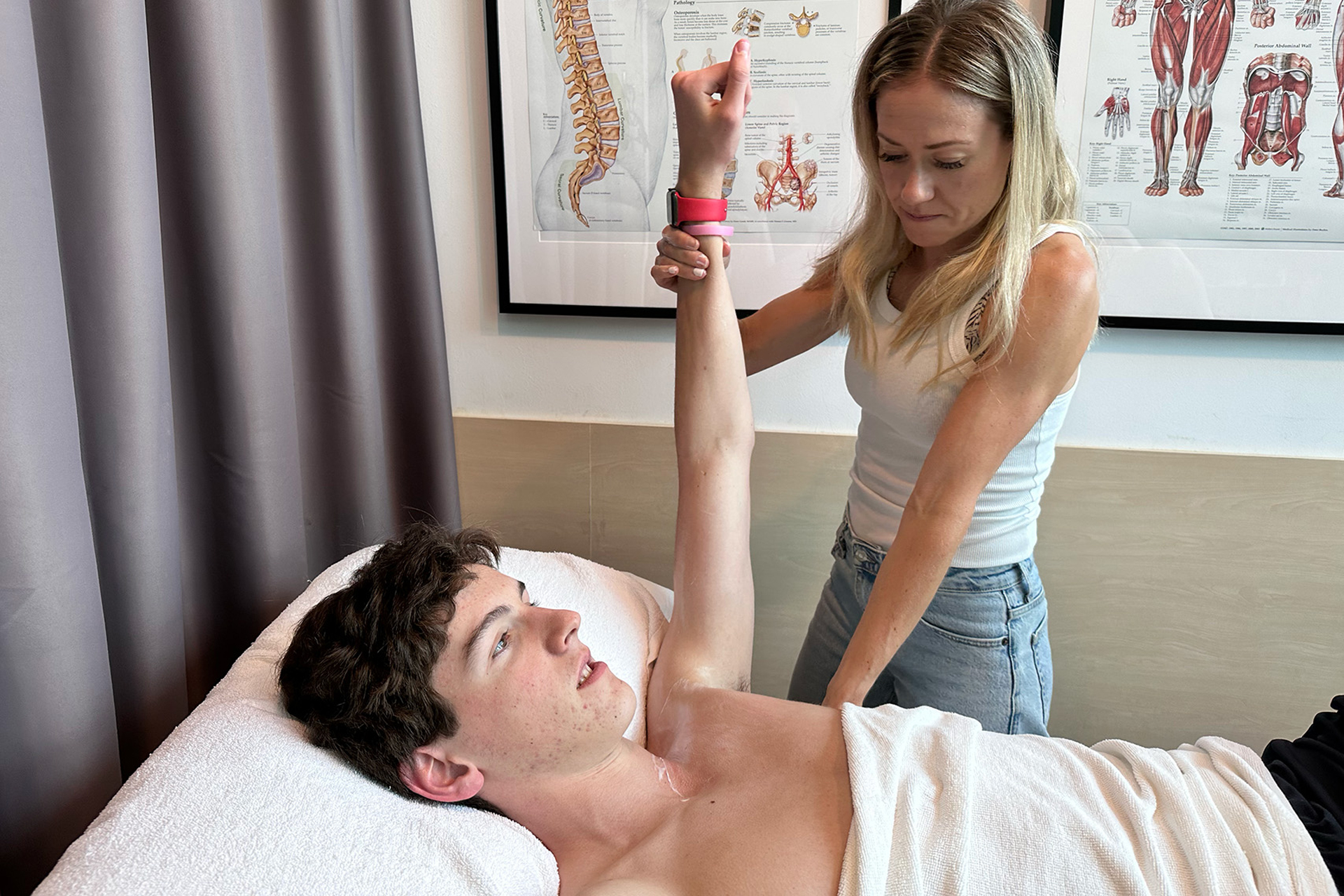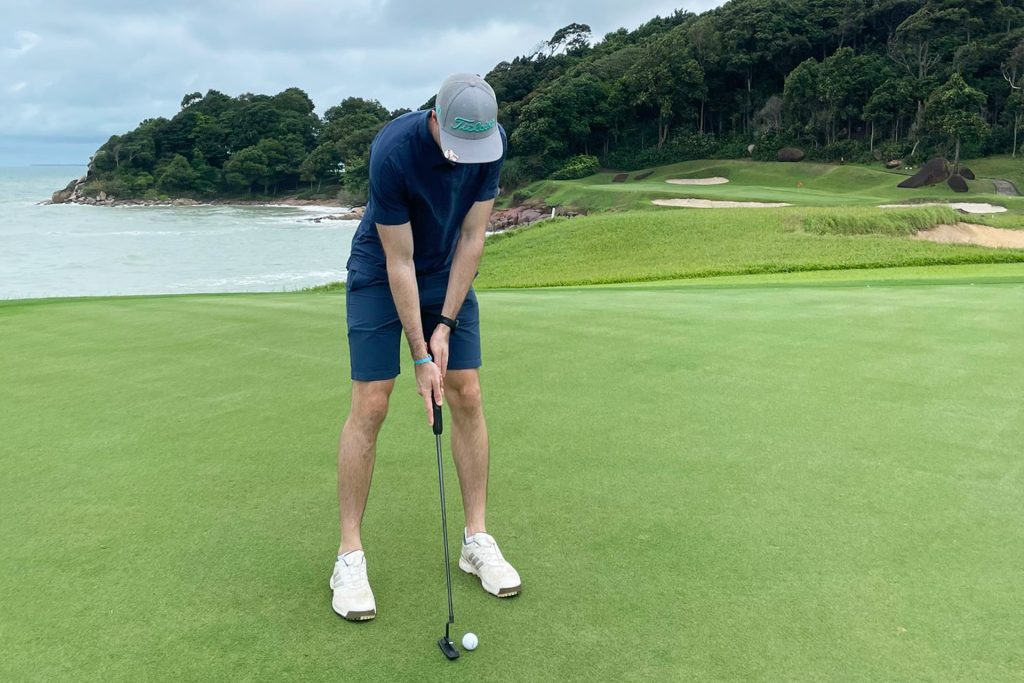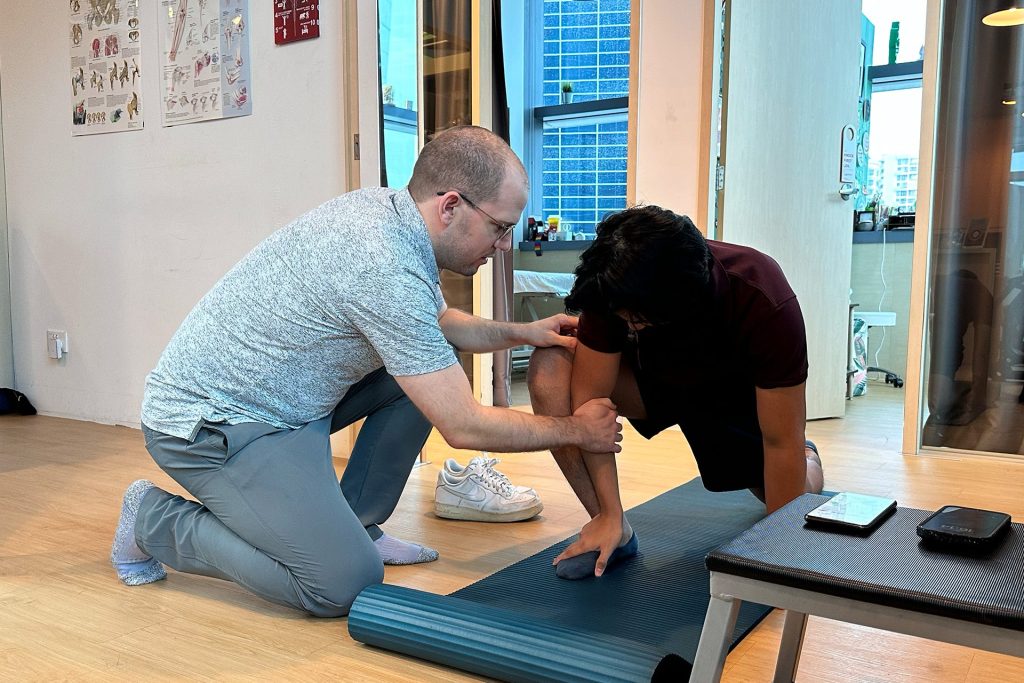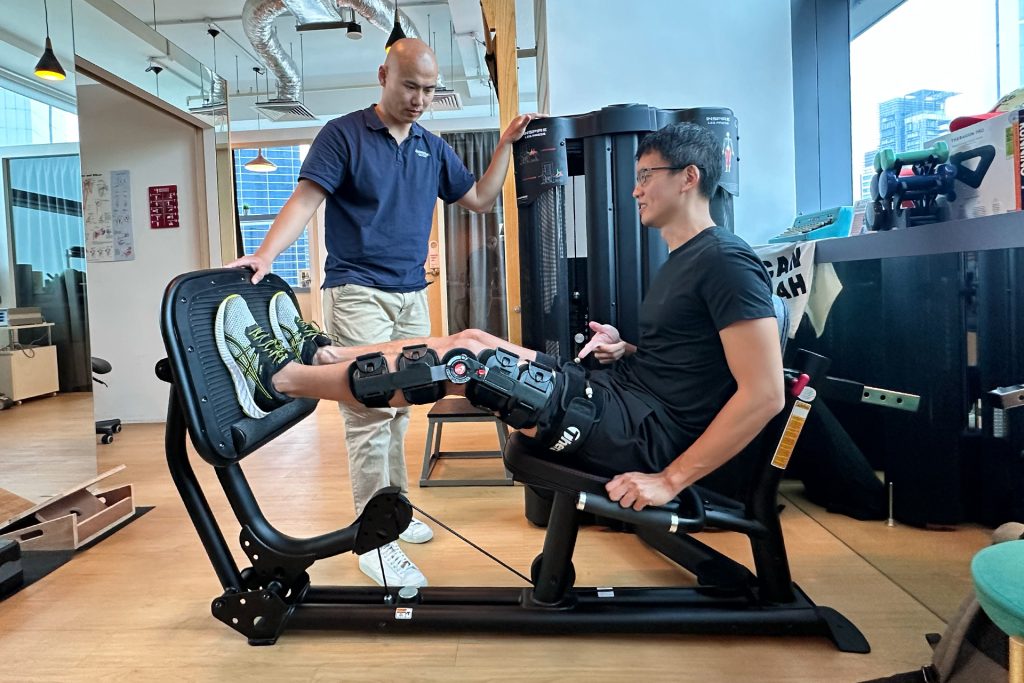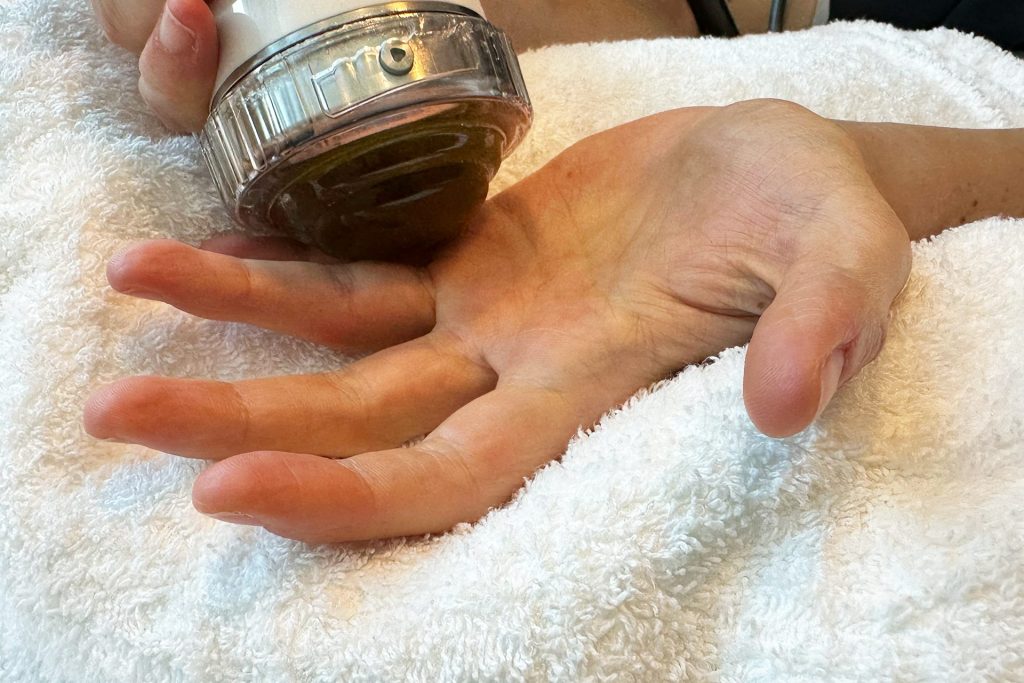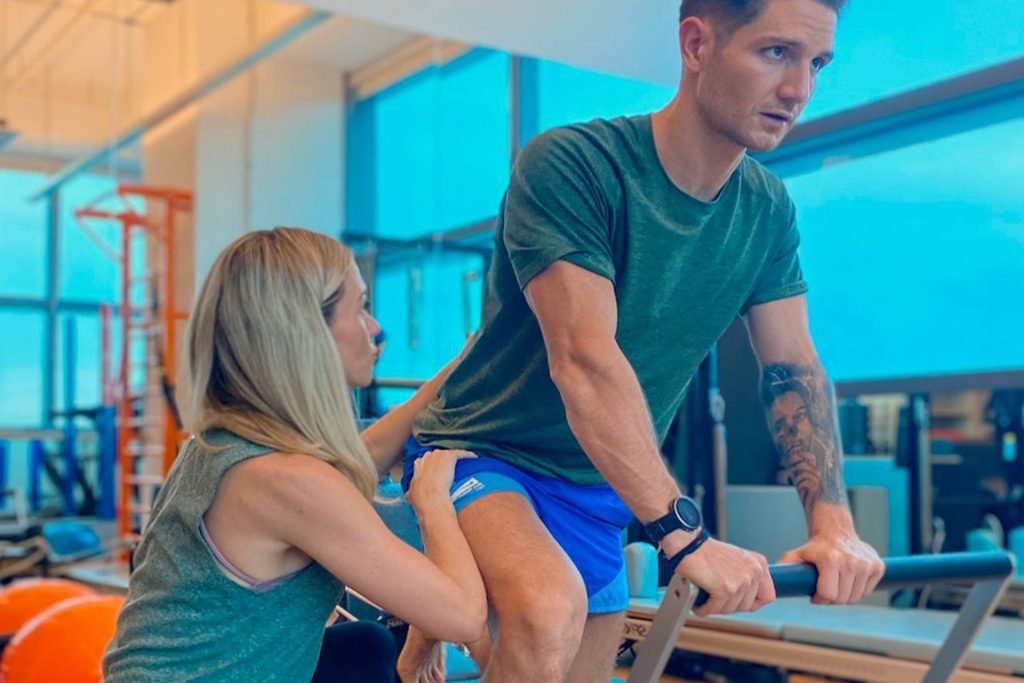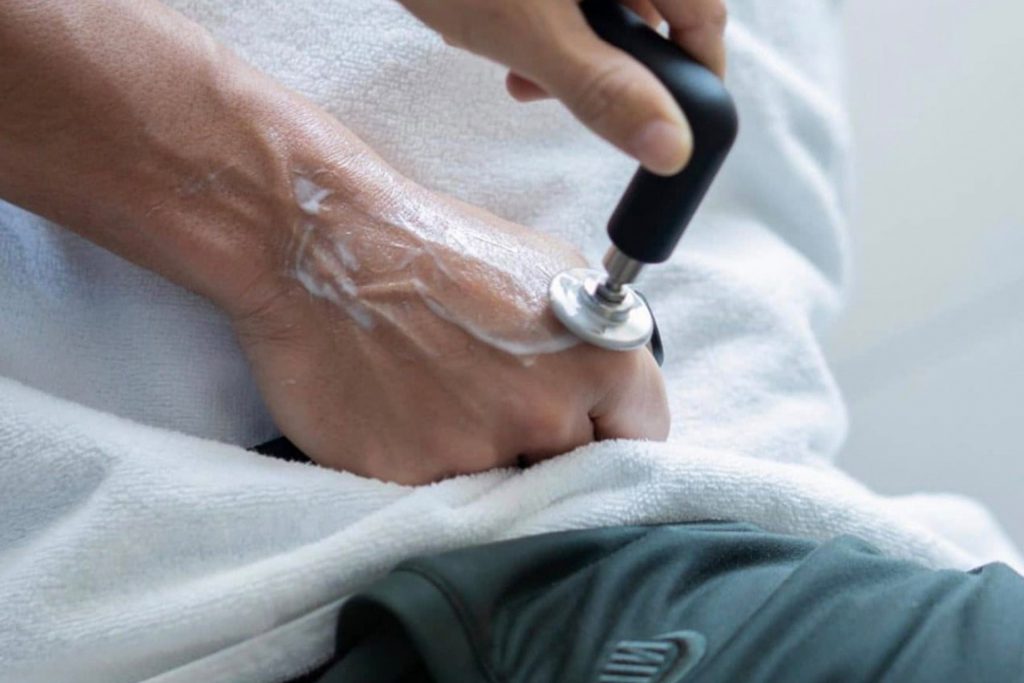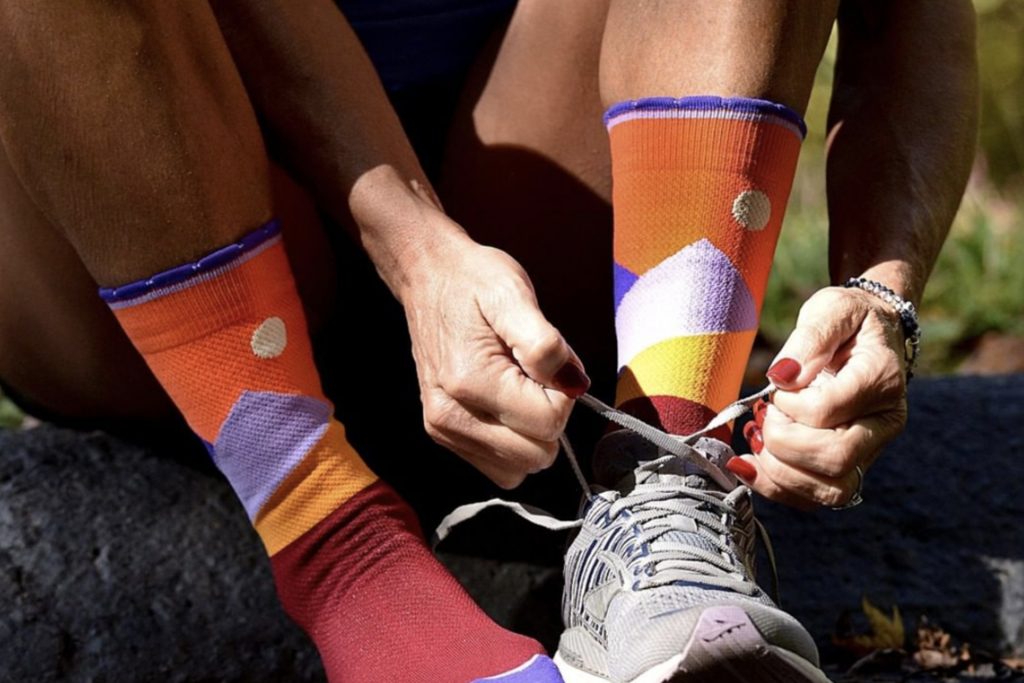Step into the world of ankle health, where every athlete and active individual encounters a pivotal moment. More than just a joint, your ankle is a marvel of engineering where the shin, calf, and talus bones unite. It’s the central hub of your movement, equipped with a complex network of cartilage, muscles, nerves, blood vessels, and crucial ligaments.
For athletes and active individuals alike, understanding the ankle’s vulnerabilities and strengths is key to peak performance and resilience. In the world of sports and daily activity, the ankle is frequently put to the test, making it susceptible to sprains.
This article delves into the different types of ankle sprains, each with its own story and recovery journey. We’re not just talking about injuries here; we’re uncovering the path to overcoming them. Discover the secrets to treating ankle sprains and fortifying this essential joint against future challenges.
Whether you’re an athlete aiming for the next big game or someone enjoying an active lifestyle, this guide is your ally in understanding, protecting, and enhancing the health of your ankles. Get ready to explore effective strategies to keep you moving forward, stronger and more confident in your every step.
1. High Ankle Sprain (Syndesmotic Sprain)
A high ankle sprain, or syndesmotic sprain, is a specific type of ankle injury affecting the ligaments above the ankle joint, particularly the syndesmotic ligaments that connect the tibia and fibula. Unlike typical ankle sprains, which involve the ligaments lower in the ankle, a high ankle sprain occurs higher up and can range from stretching to a complete tear of these ligaments.
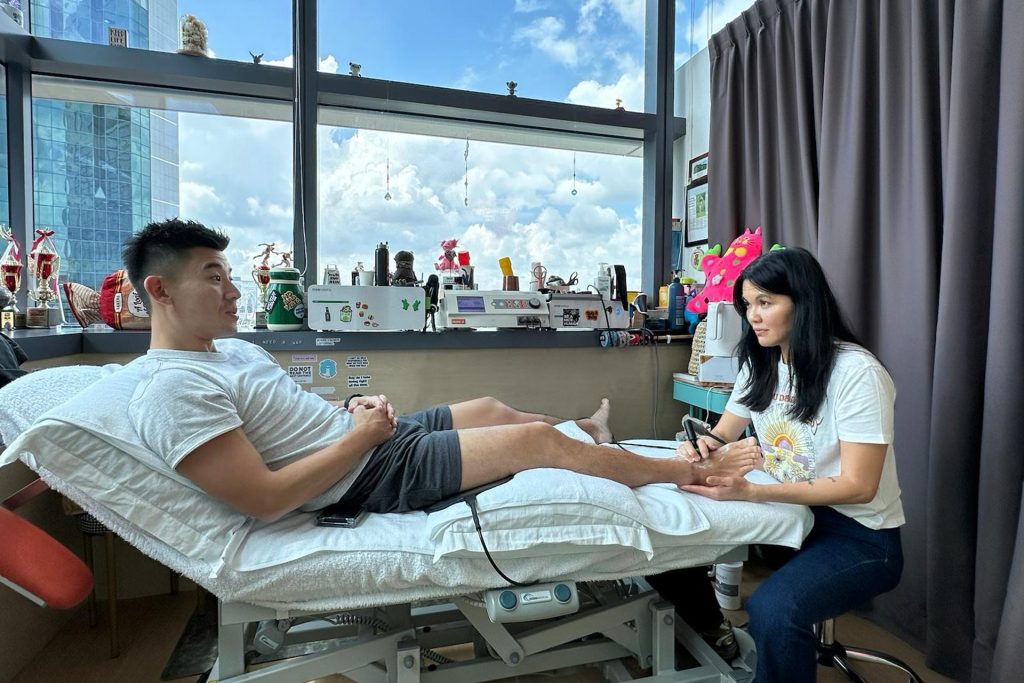
This injury is commonly caused by a sudden, forceful twisting or rotational movement of the foot, often seen in activities with quick direction changes or impacts, such as in football. The primary symptom of a high ankle sprain is pain in the region above the ankle, which is especially noticeable during weight-bearing activities like walking or climbing stairs. Accompanying symptoms may include swelling and bruising.
In treating high ankle sprains at our clinic, we recognize the unique challenges this injury presents. It’s a more complex condition than typical ankle sprains, affecting the ligaments above the ankle and often stemming from intense sports involving sudden foot twists.
Recovery from a high ankle sprain usually takes 6-8 weeks, depending on the injury’s severity. Our treatment approach involves immobilization through methods like casts or walking boots and a tailored physiotherapy program. This program is crucial for restoring mobility and strength, gradually easing you back into regular activities and preventing future recurrences.
2. Inversion Ankle Sprain
Experiencing an anterior talofibular ligament (ATFL) sprain is common among athletes and active individuals. This ligament in your ankle plays a crucial role in maintaining stability. It’s particularly vulnerable to injuries, often occurring when the ankle twists unexpectedly – a situation familiar in sports or uneven terrains.
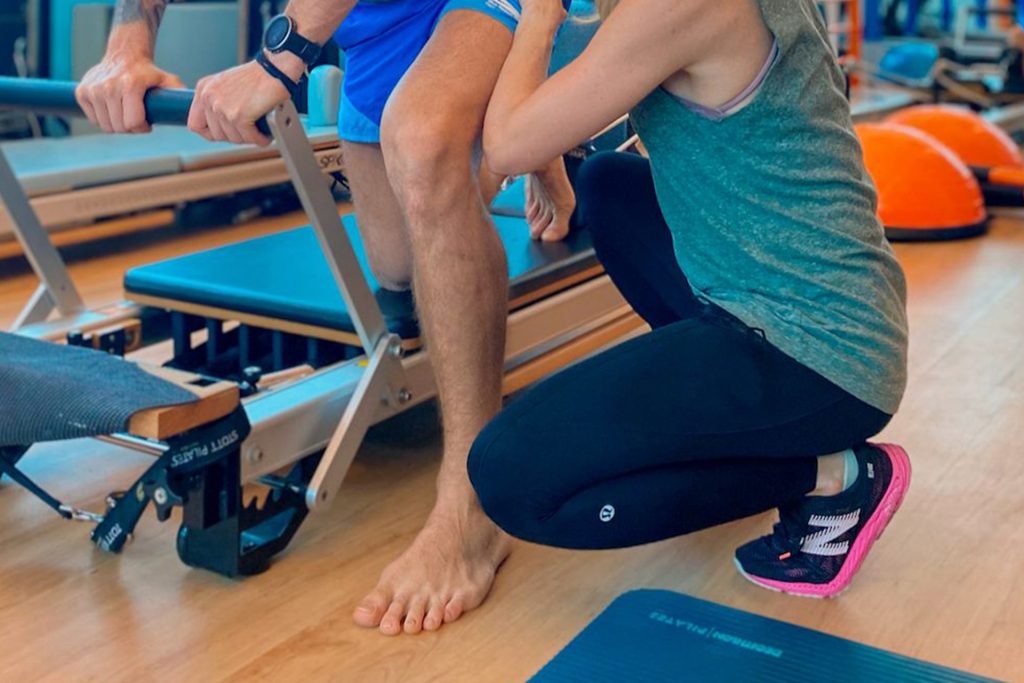
If you’ve had such a mishap, the first thing you’ll likely notice is a pain in your ankle, a tell-tale sign of a sprain. Our approach begins with the PEACE and LOVE method: protecting your ankle from further injury, elevating it to reduce swelling, and gentle movements once ready. This immediate care is critical in setting the stage for a successful recovery.
As symptoms improve, we encourage a gradual return to activity – this is where our expertise shines. We guide you in applying the right load to stimulate healing without overdoing it. Usually, within a week or so, gentle exercises can help rebuild and strengthen the affected area.
In some instances, to fully understand your injury, we suggest scans. This ensures a comprehensive understanding of your ankle’s condition, allowing us to tailor your recovery plan perfectly.
The treatment varies from simple, supportive measures to more structured support, depending on your ankle’s needs. And remember, after recovery, strengthening and maintaining flexibility in your foot is key to preventing re-injury. Our team is committed to helping you heal and empowering you with the knowledge and skills to keep your ankles strong and healthy.
3. Eversion Ankle Sprain
An eversion ankle sprain, though less common than its counterpart, the inversion sprain, occurs when the foot twists outward. This movement strains the deltoid ligament on the ankle’s inner side. Being a robust ligament, the deltoid is less prone to injury, making this sprain rarer.

When such a sprain does happen, often due to missteps in dynamic sports or uneven terrain, the inner ankle typically experiences pain, swelling, or bruising. Immediate care with the classic rest, ice, compression, and elevation (RICE) approach is vital for starting the healing process.
In cases of severe pain or concern for more than just a sprain, visiting a physiotherapist is wise to rule out additional injuries like fractures. Recovery from an eversion sprain varies, and it’s important not to rush back into full activity until you can move and bear weight without pain.
4. Recurrent Ankle Sprain
Recurrent ankle sprains are a common challenge, affecting athletes and anyone leading an active life. Given how much we rely on our feet daily, it’s understandable that they face a higher risk of injury. Particularly after an initial sprain, the ligaments in the ankle can weaken, becoming more susceptible to further injury. This risk escalates if the ligament has previously been torn.
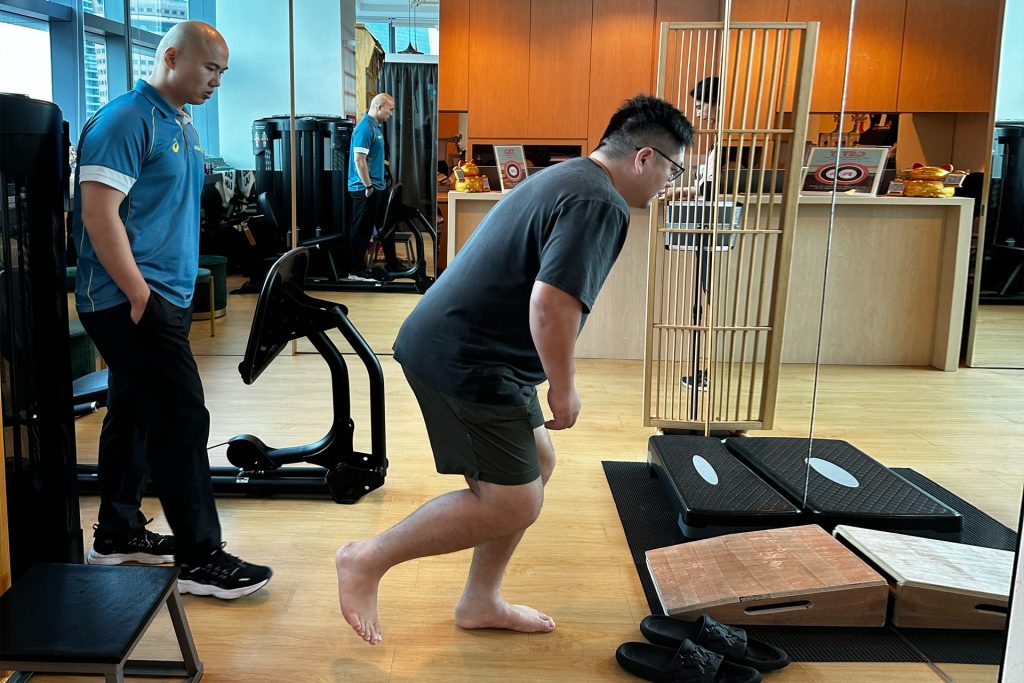
A well-crafted treatment and recovery plan is essential to combat the recurrence of ankle sprains. Such a plan should include targeted exercises to increase strength and enhance mobility, tailored to your injury. Under the guidance of our physiotherapists, these exercises are designed to gradually and effectively fortify your ankle, helping to prevent future injuries.
Rehabilitation is a journey that requires patience and commitment. Rushing through this process impedes proper healing and could lead to more significant setbacks. Our clinic focuses on providing you with a comprehensive, personalized recovery plan, ensuring a sustainable return to full mobility and strength.
Beyond an Ankle Sprain, Physiotherapy for Proper Healing
At HelloPhysio, we recognize the unique nature of each ankle injury and the importance of a tailored approach to treatment and recovery. Ankle sprains, while common, vary significantly, necessitating personalized care. Our experienced physiotherapists are adept at accurately diagnosing the severity of your injury and developing a treatment plan that’s just right for you. This plan is not static; it’s continuously adapted to meet your recovery needs and ensure optimal healing.
Our commitment extends beyond treating your current injury. We focus on a carefully guided recovery process, working closely with you at every step. This approach ensures that your ankle not only heals properly but is also prepared to meet the demands of your sport or daily activities. The goal is to facilitate a safe and effective return to your regular activities and empower you with the knowledge and exercises to prevent future injuries.
We aim to help you achieve long-term ankle health and performance. We strive to provide a comprehensive recovery process that addresses your immediate injury and equips you with the tools and understanding necessary for maintaining your ankle’s health and resilience in the long run.

